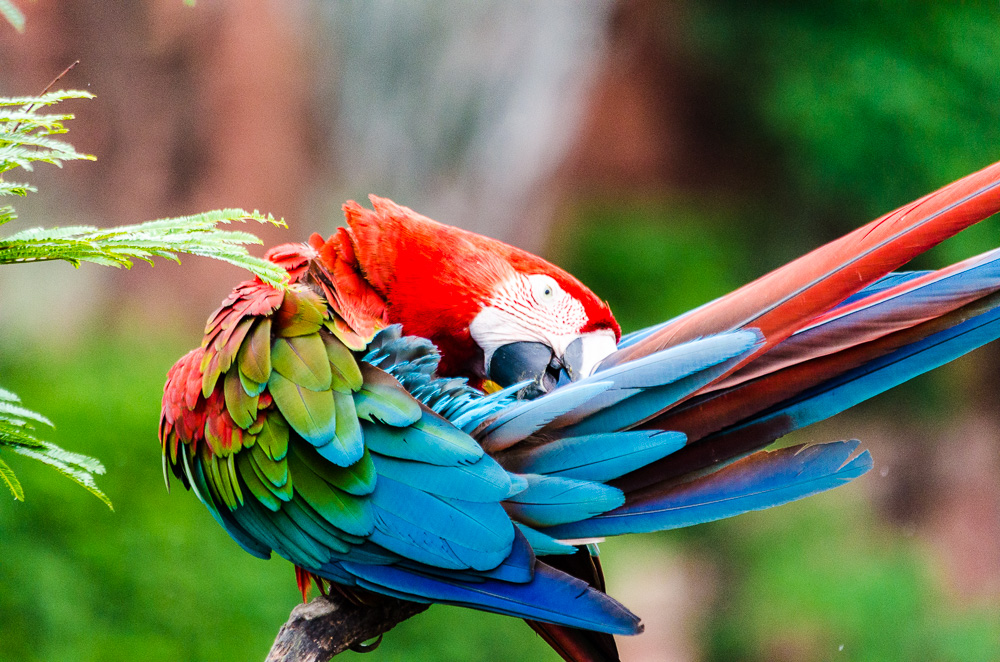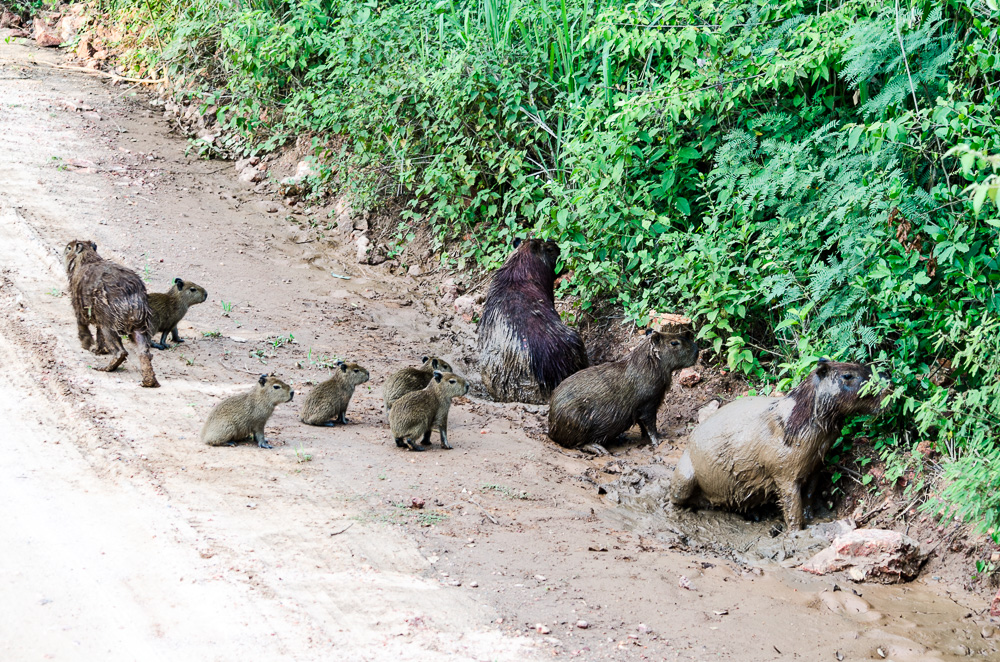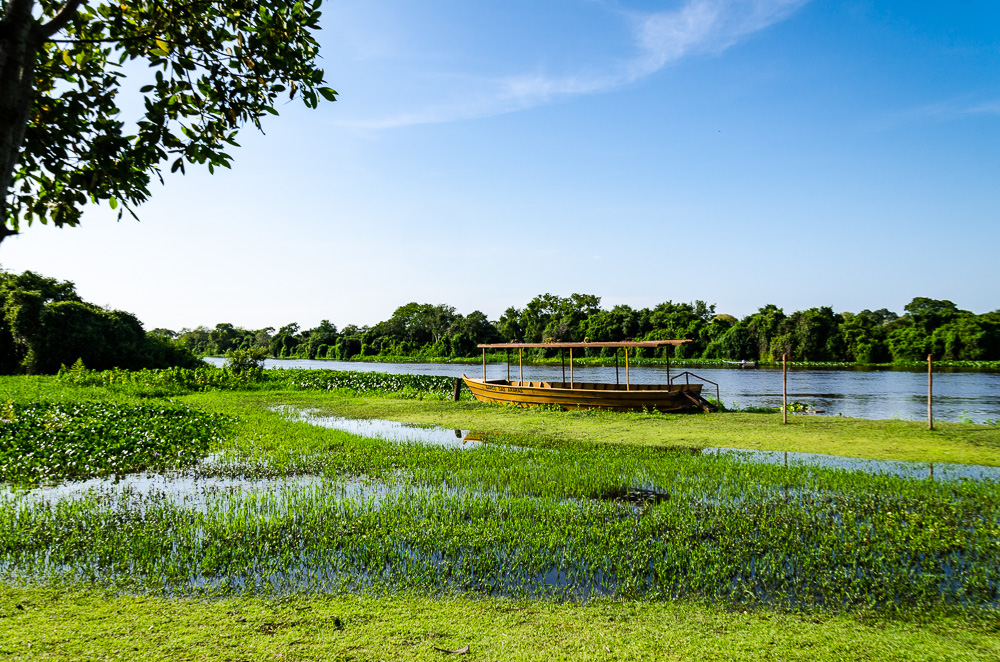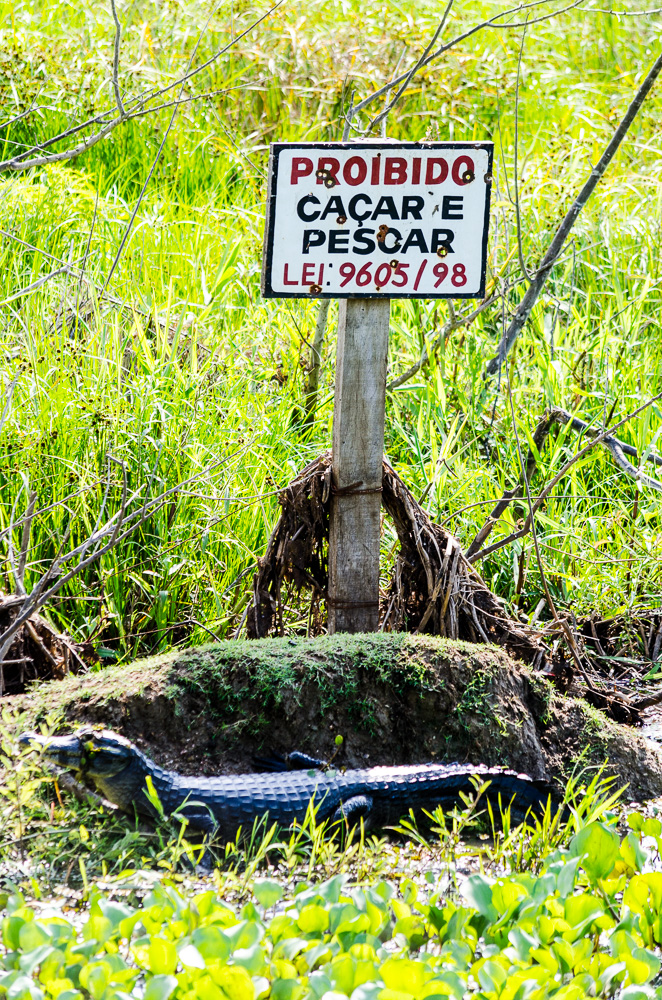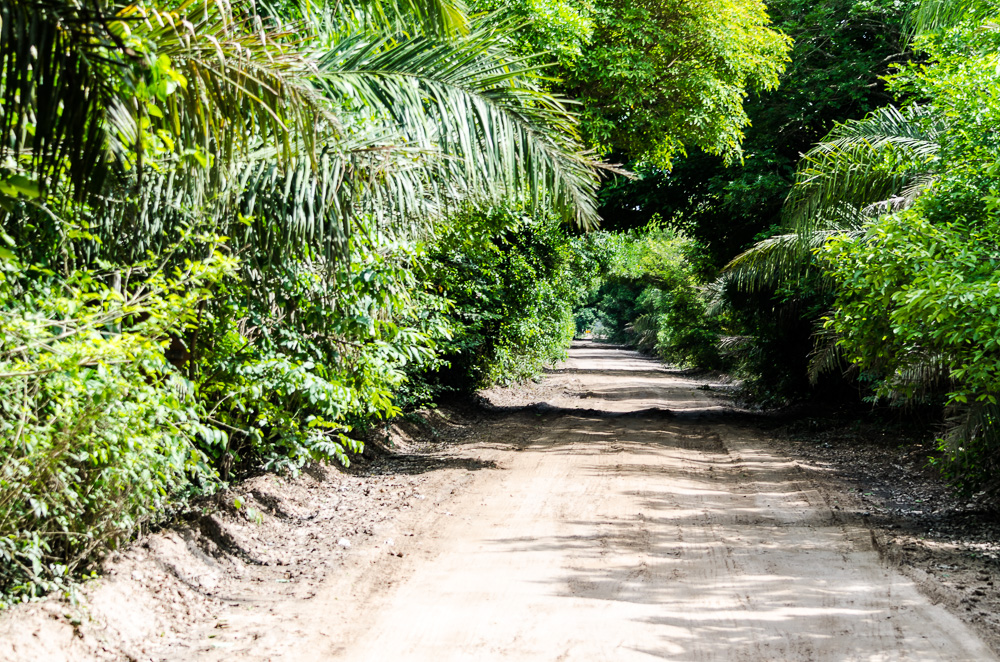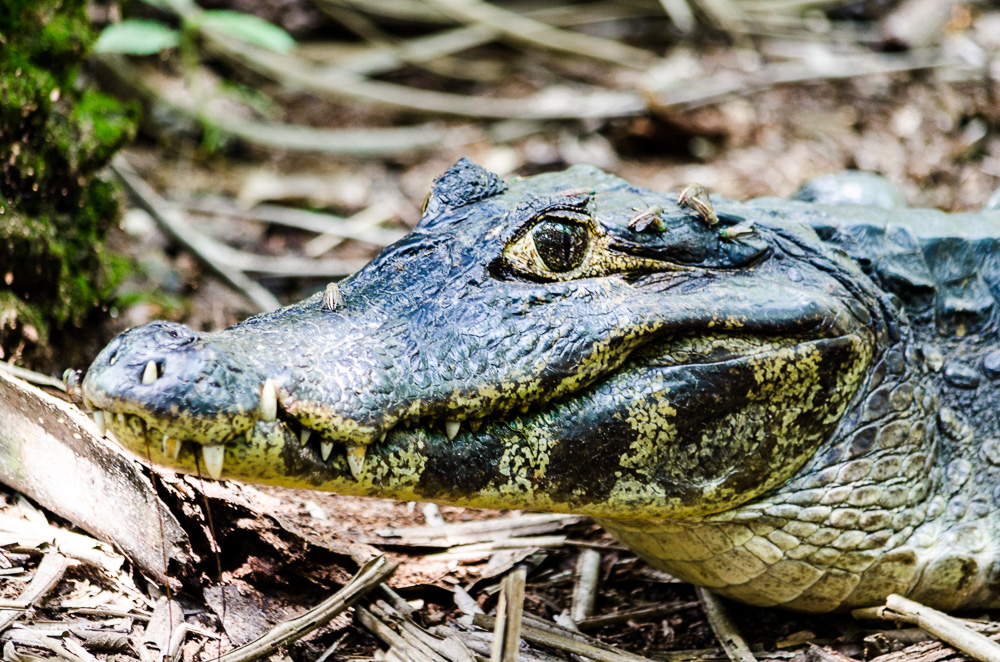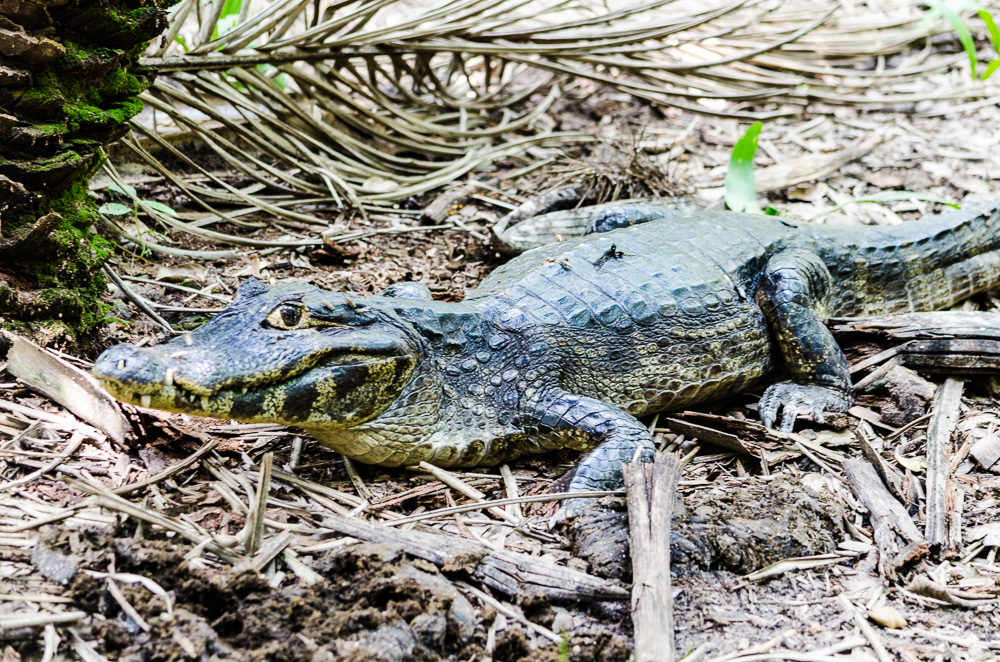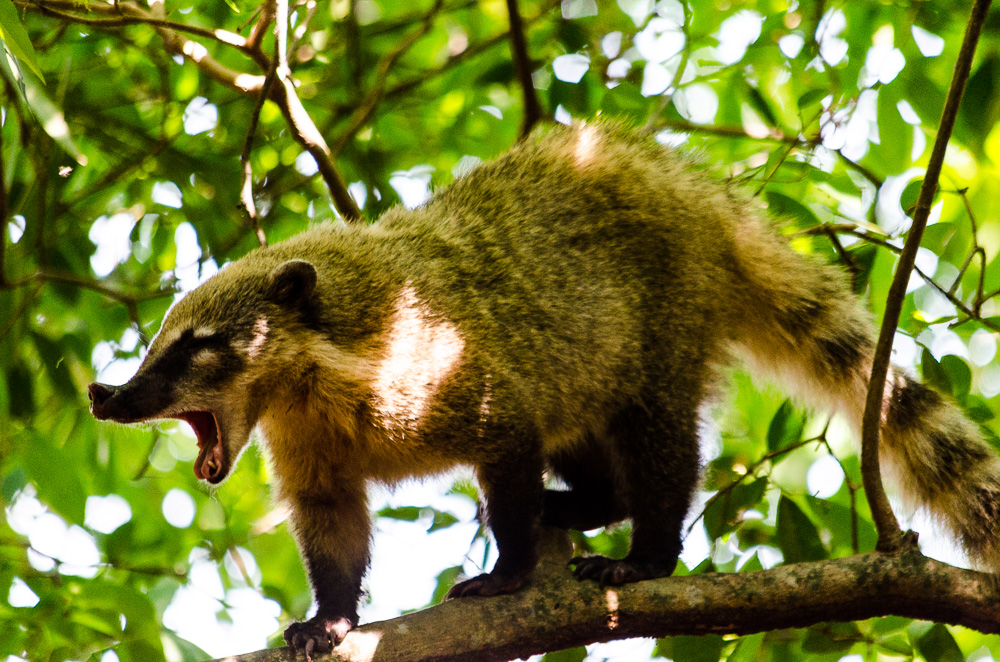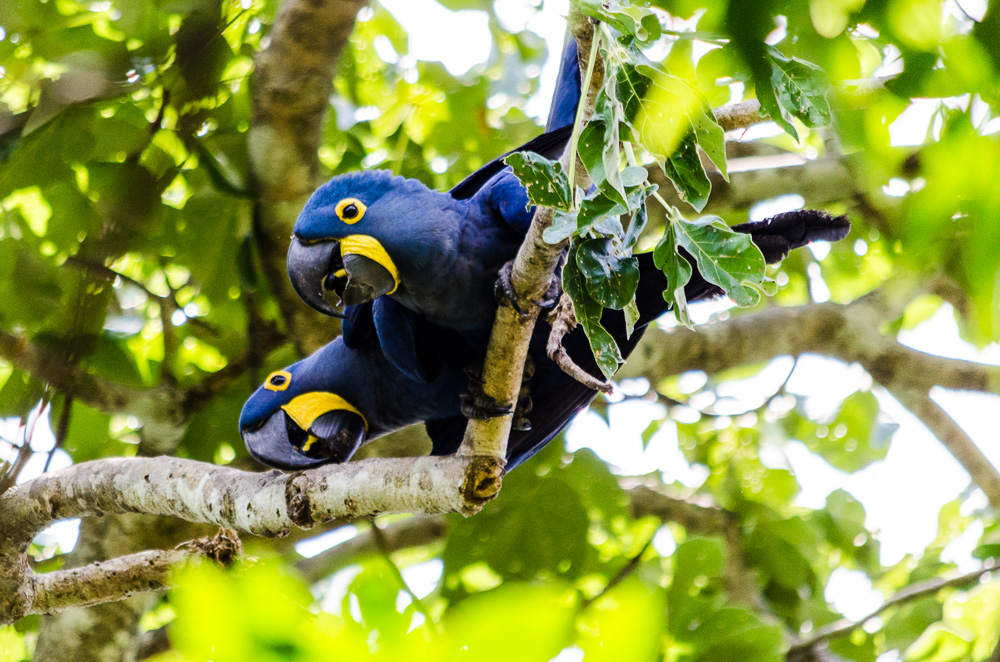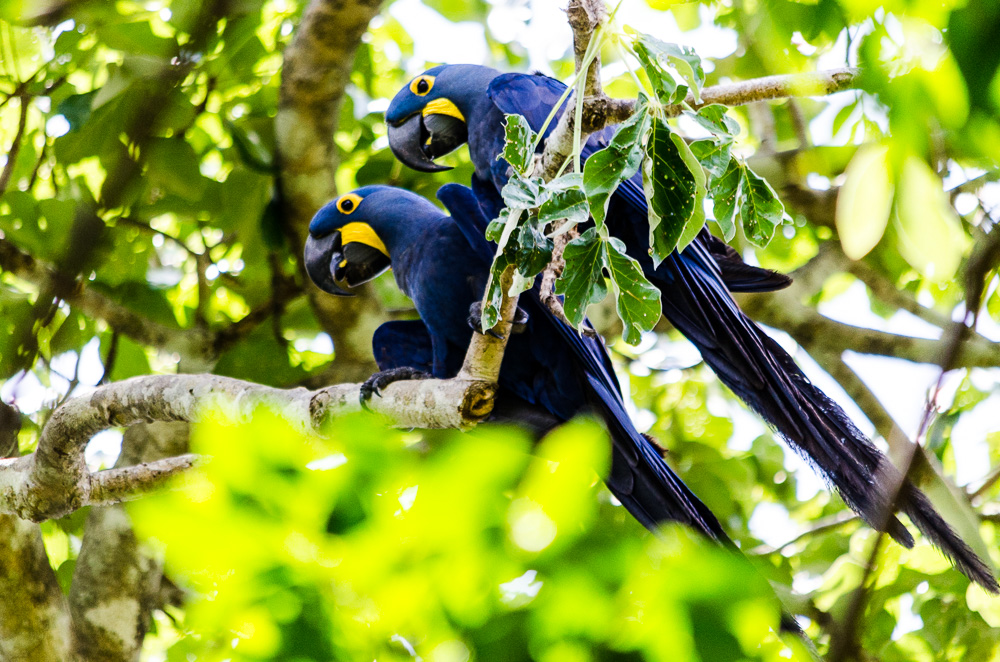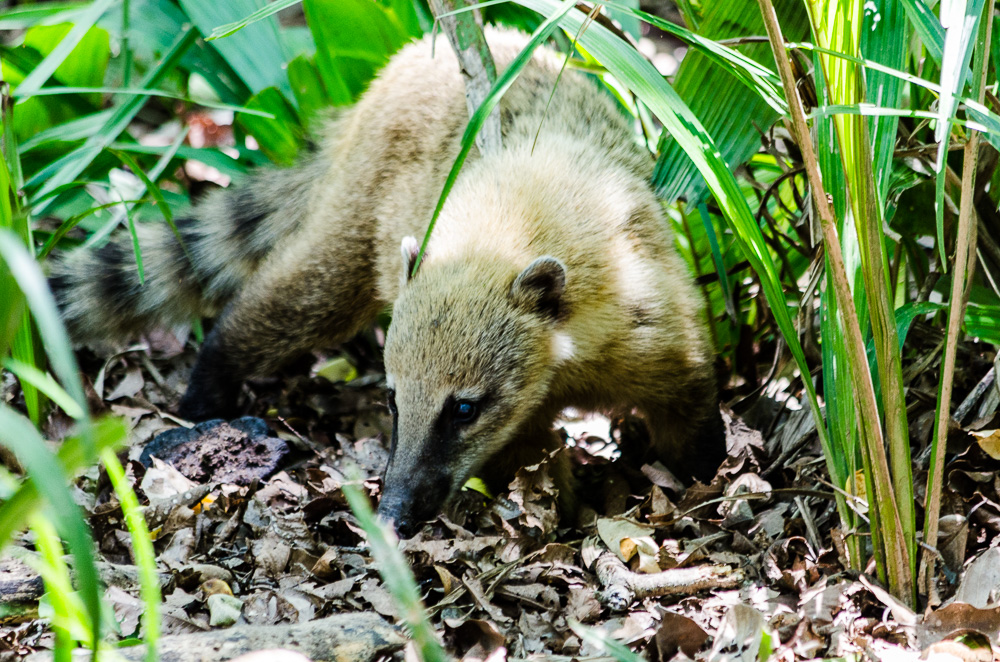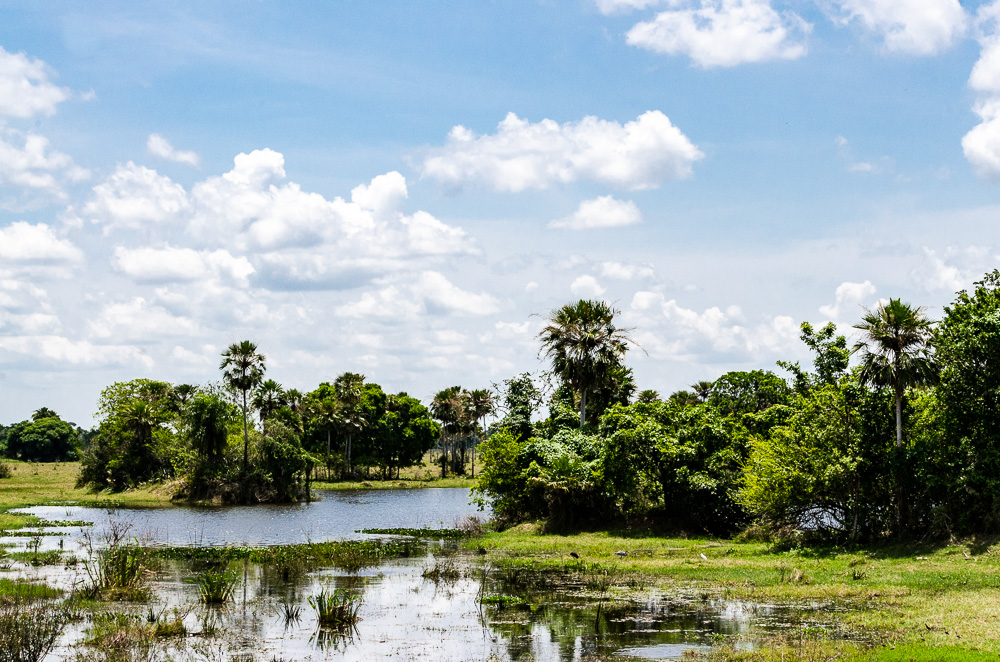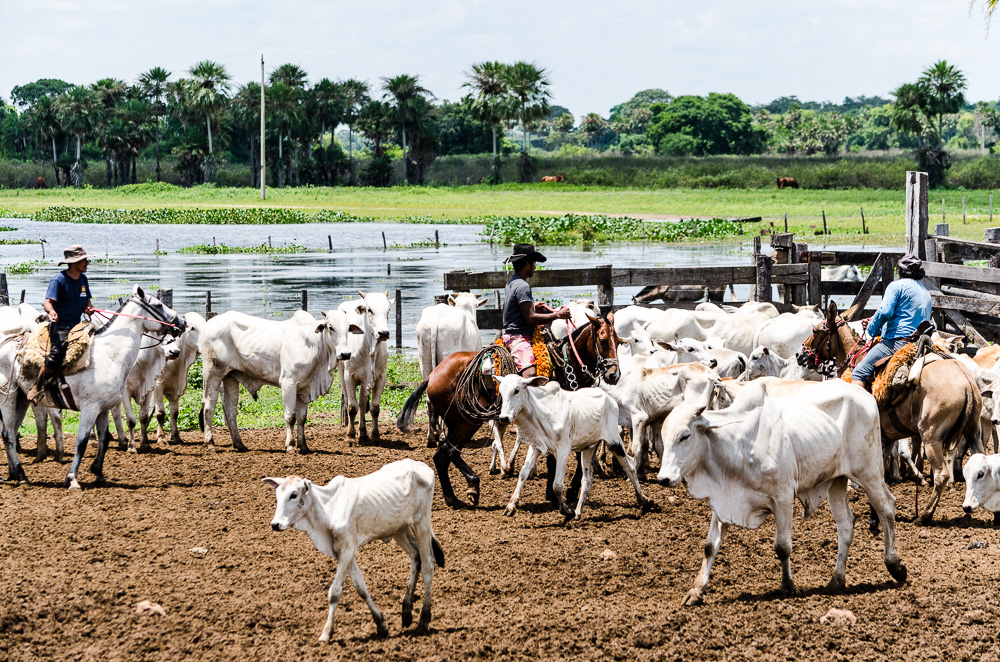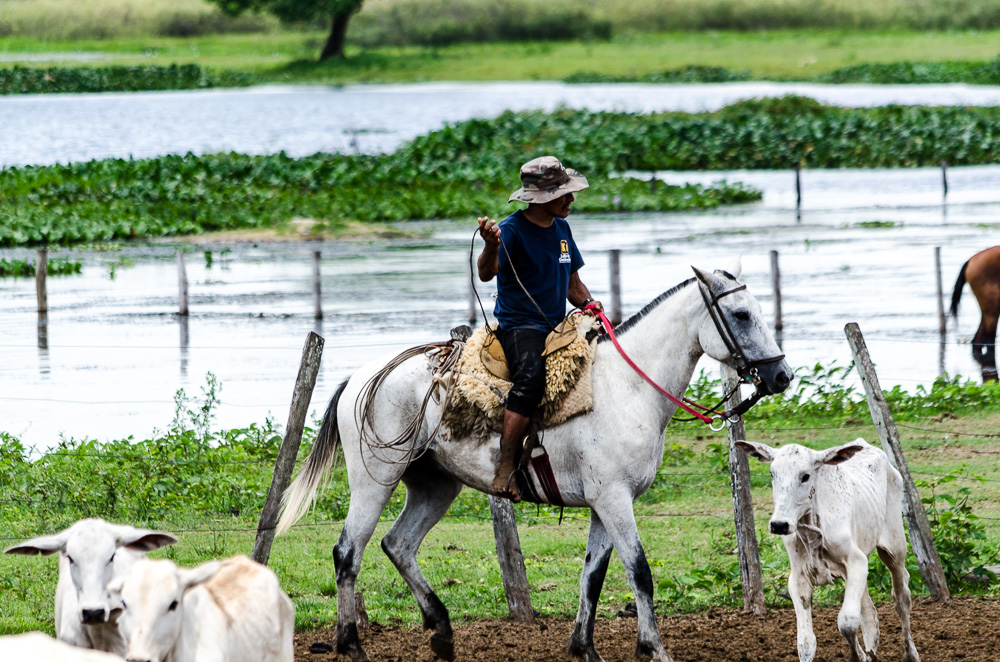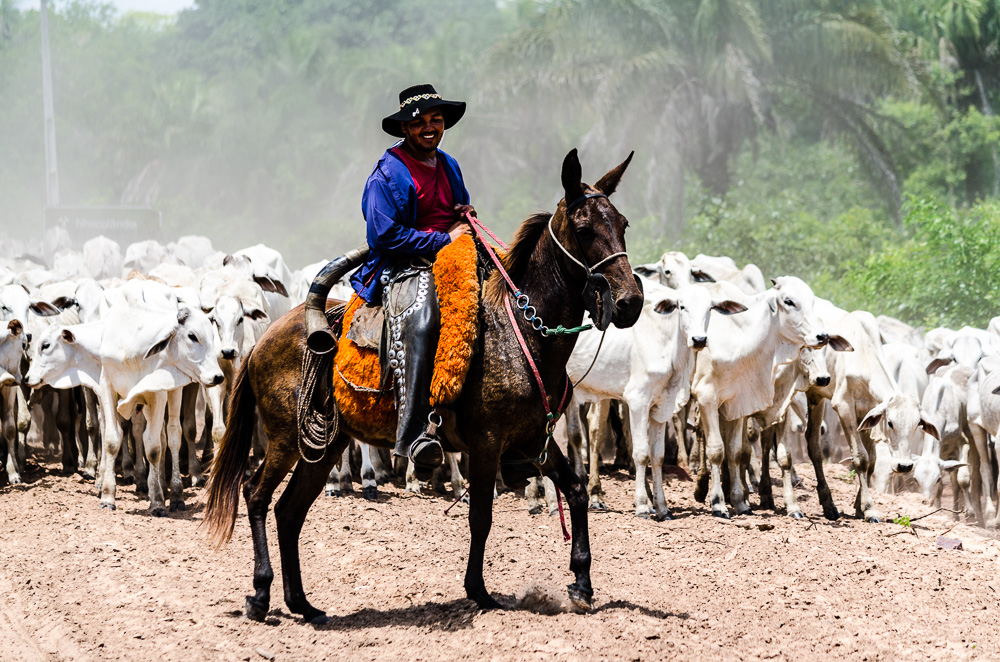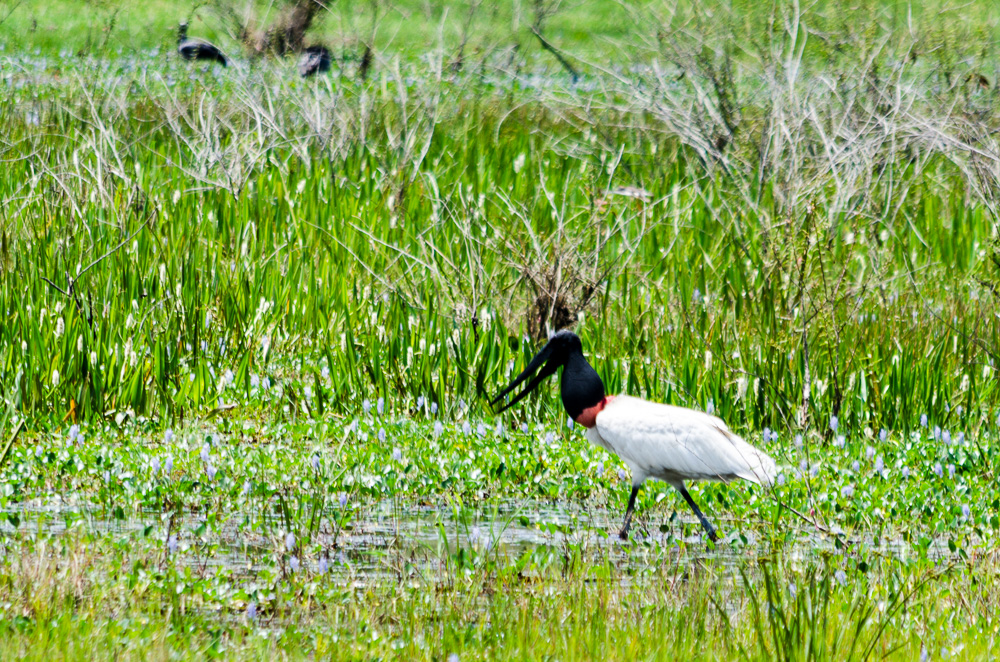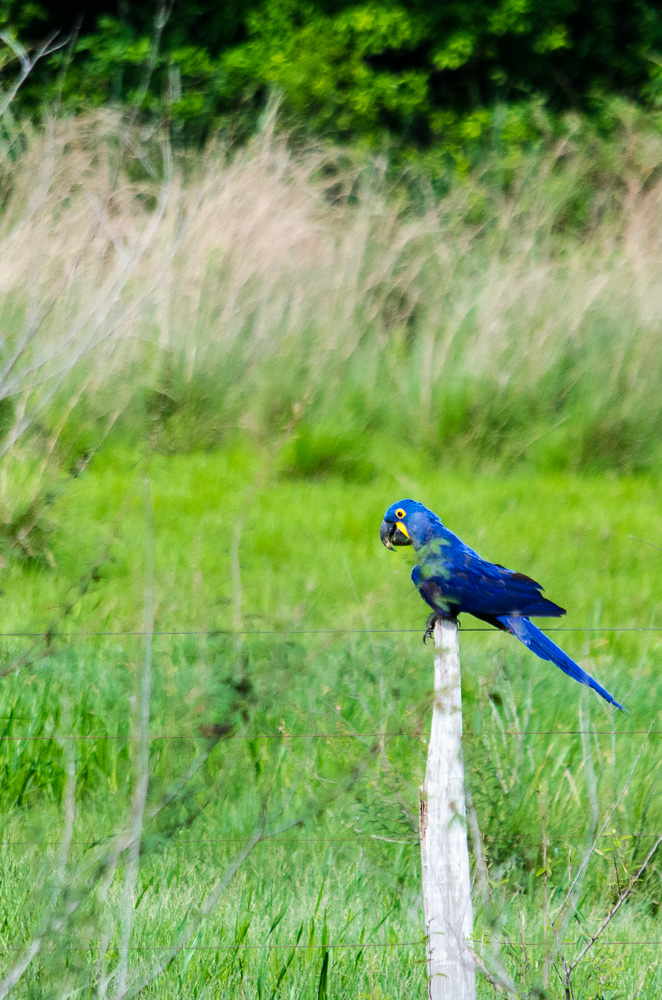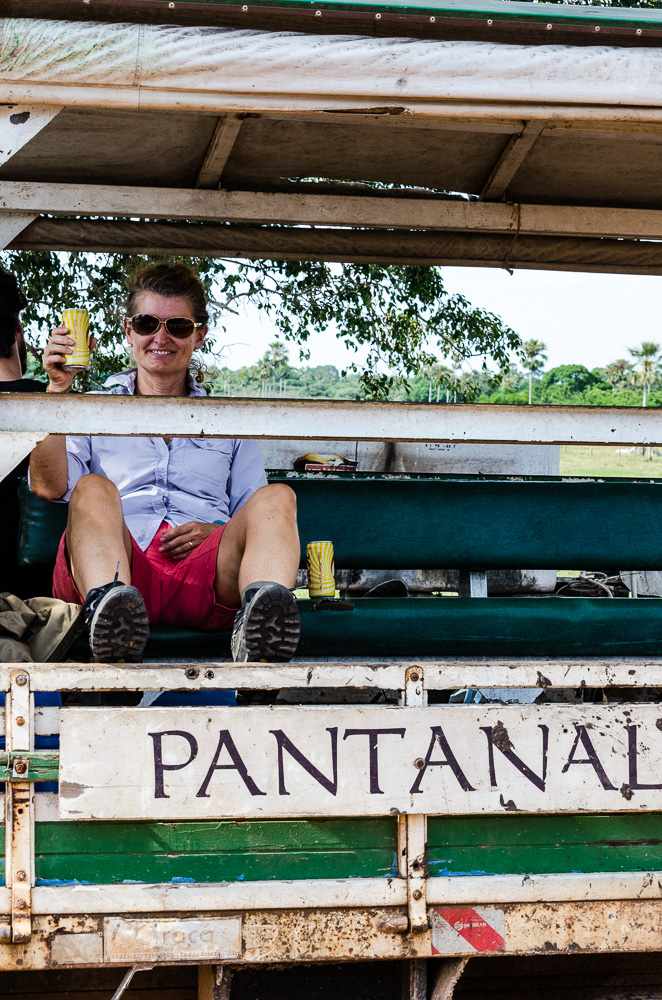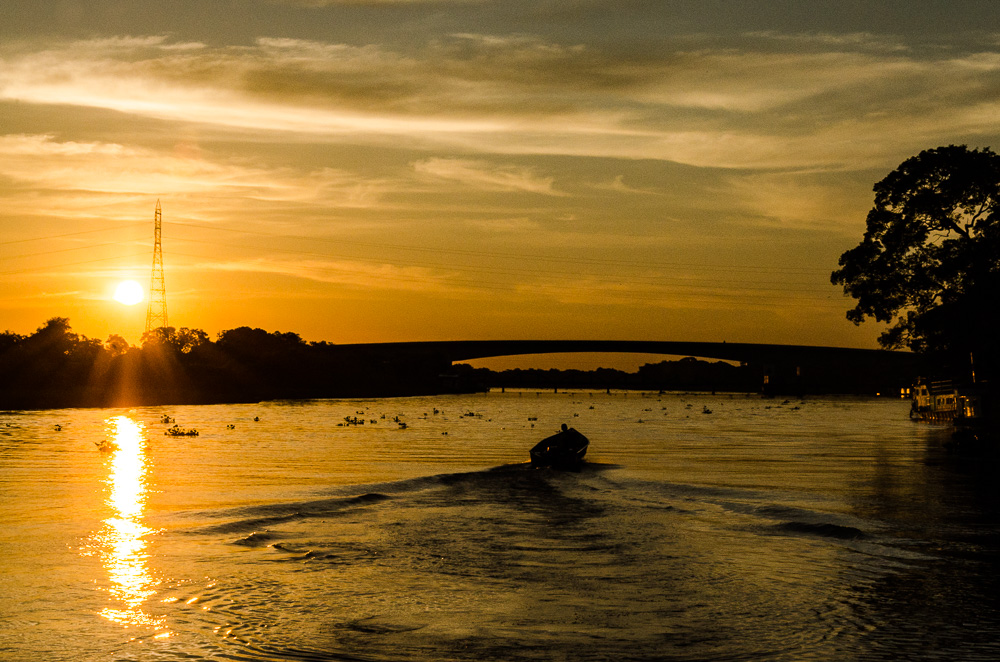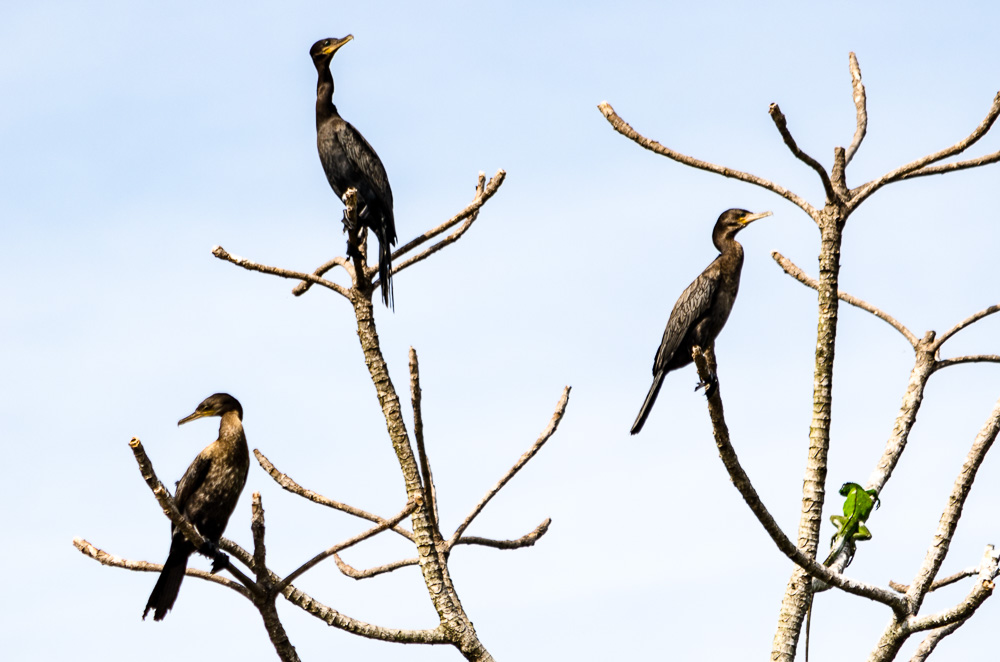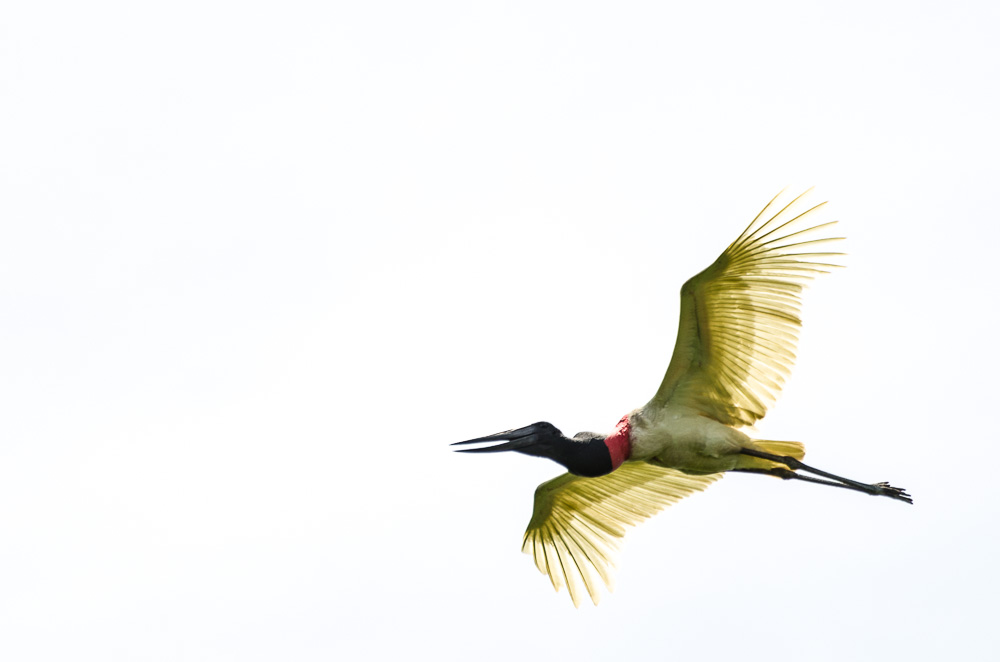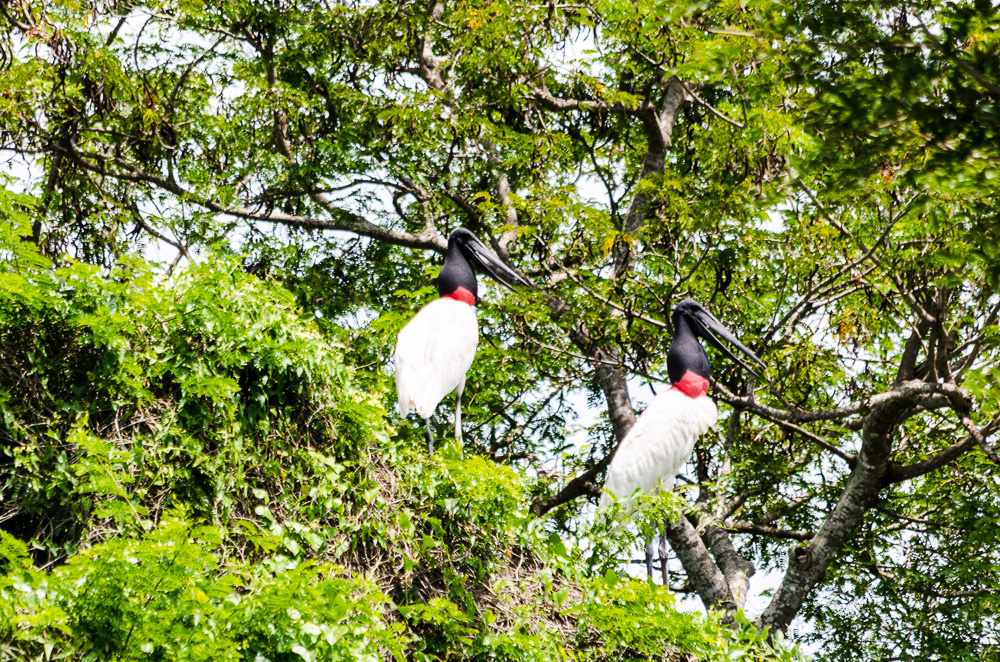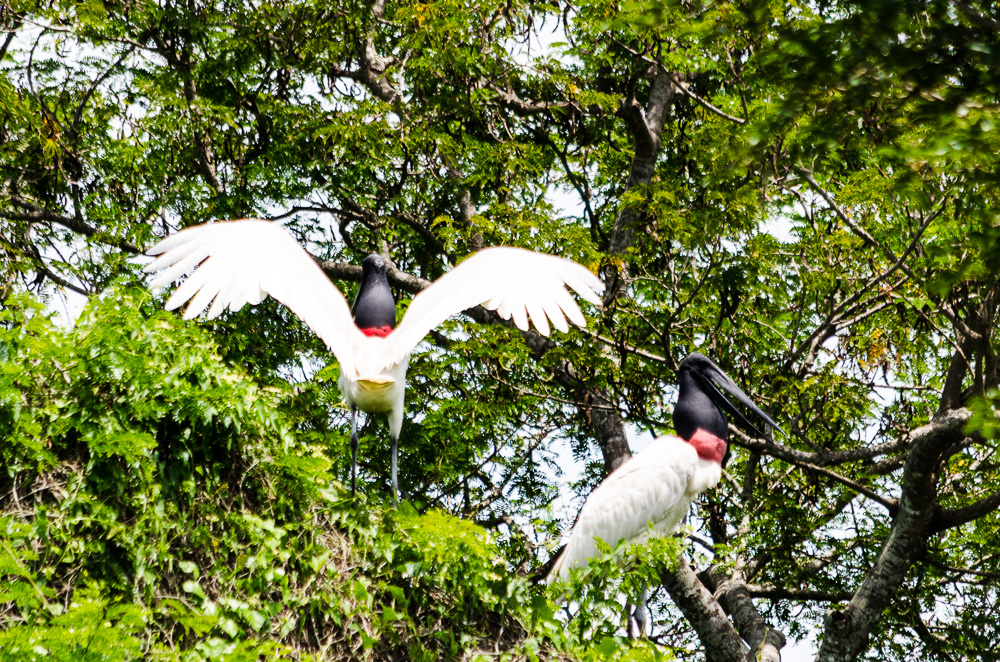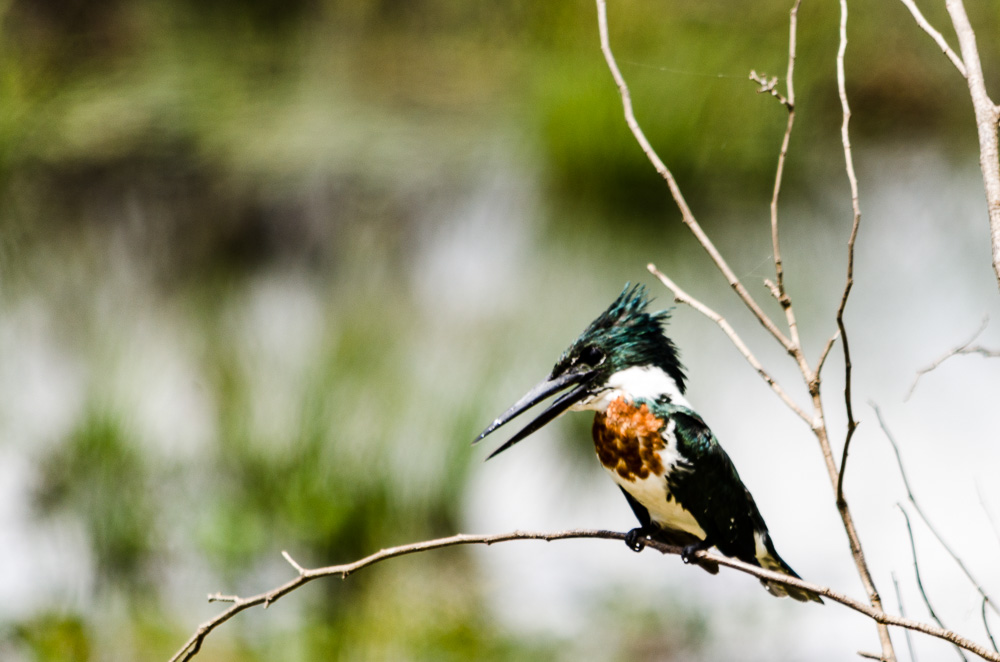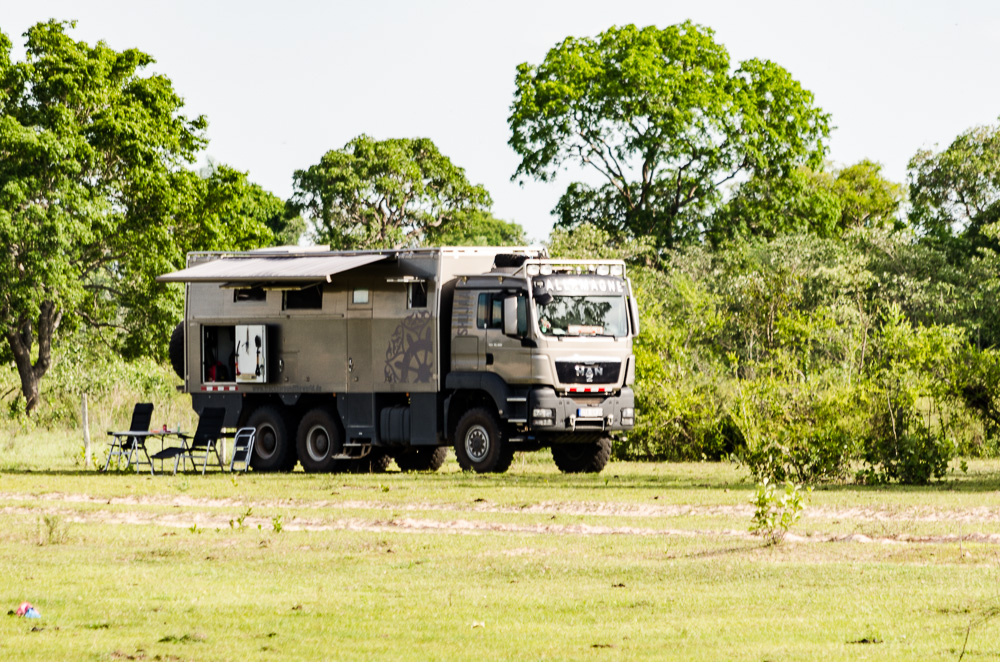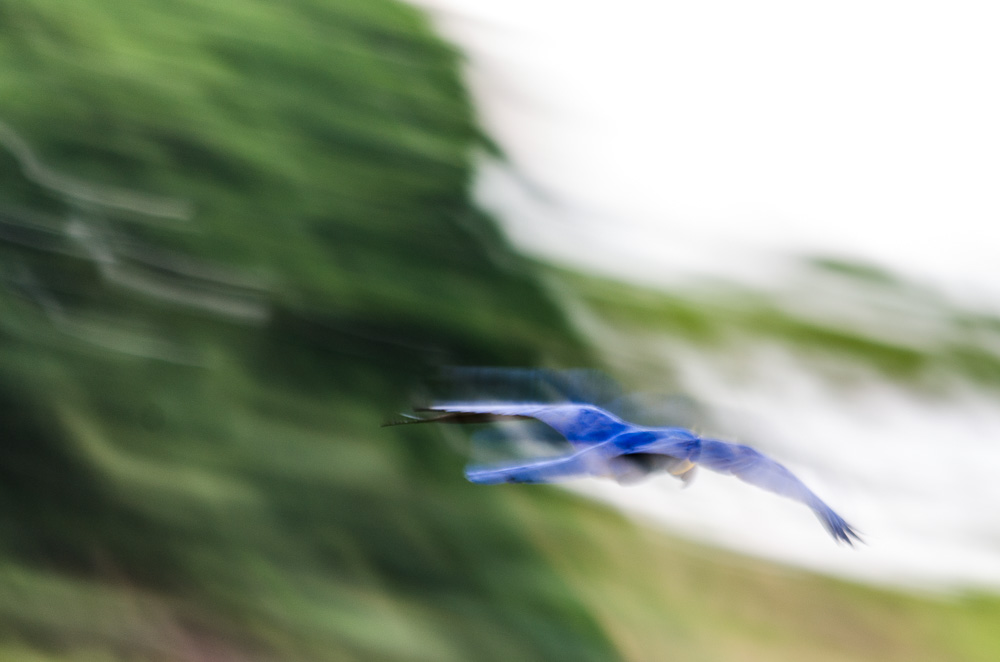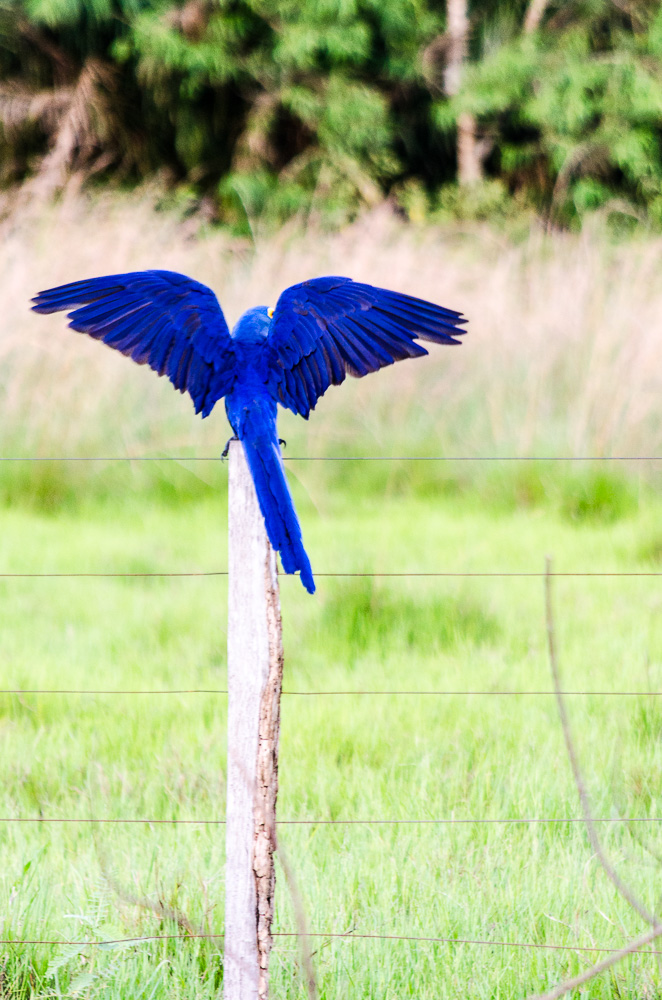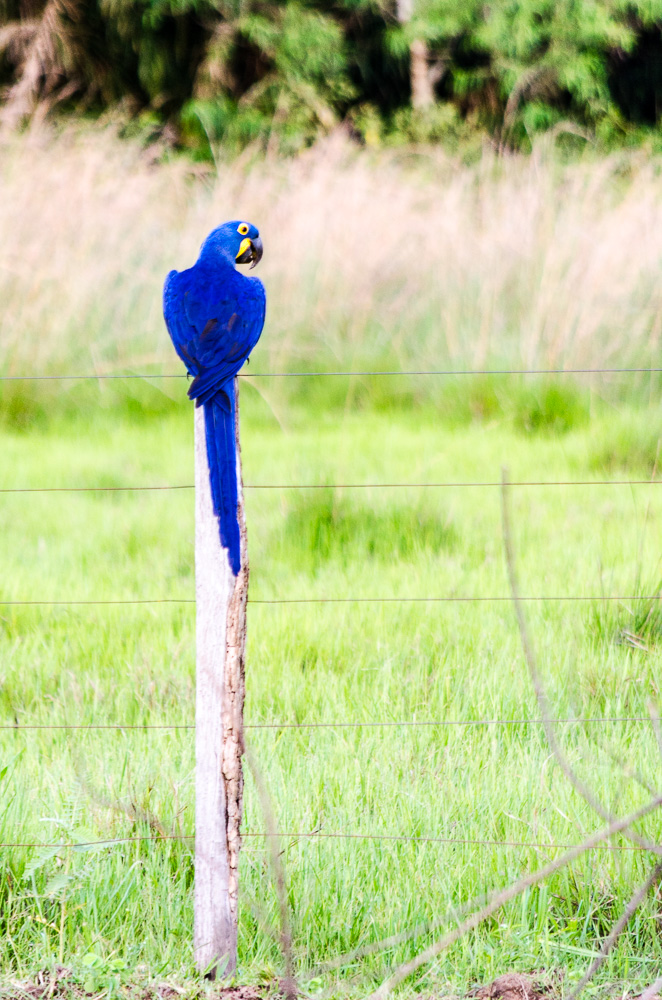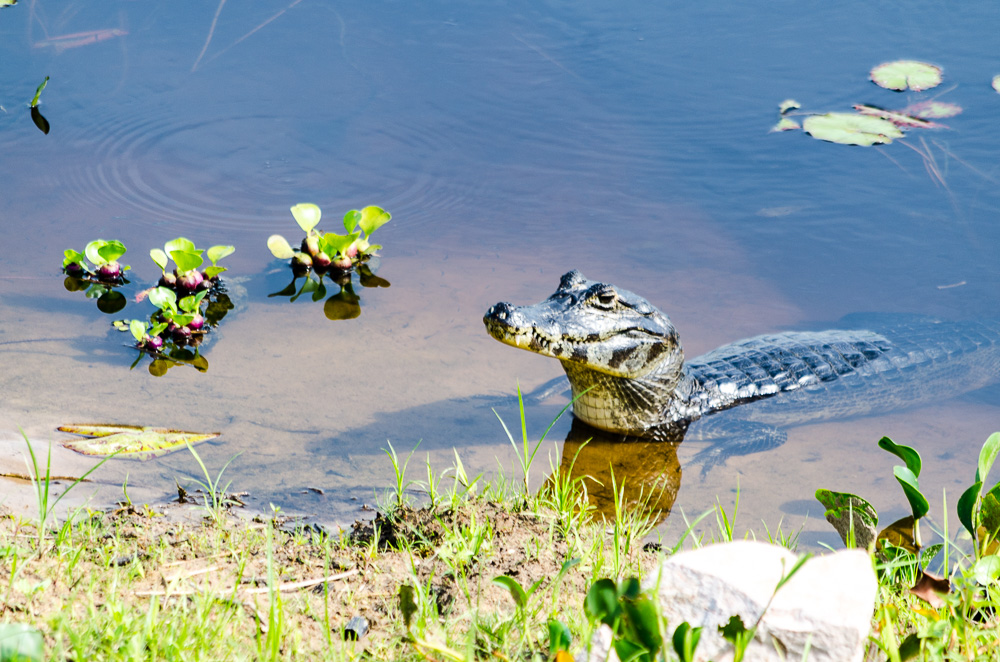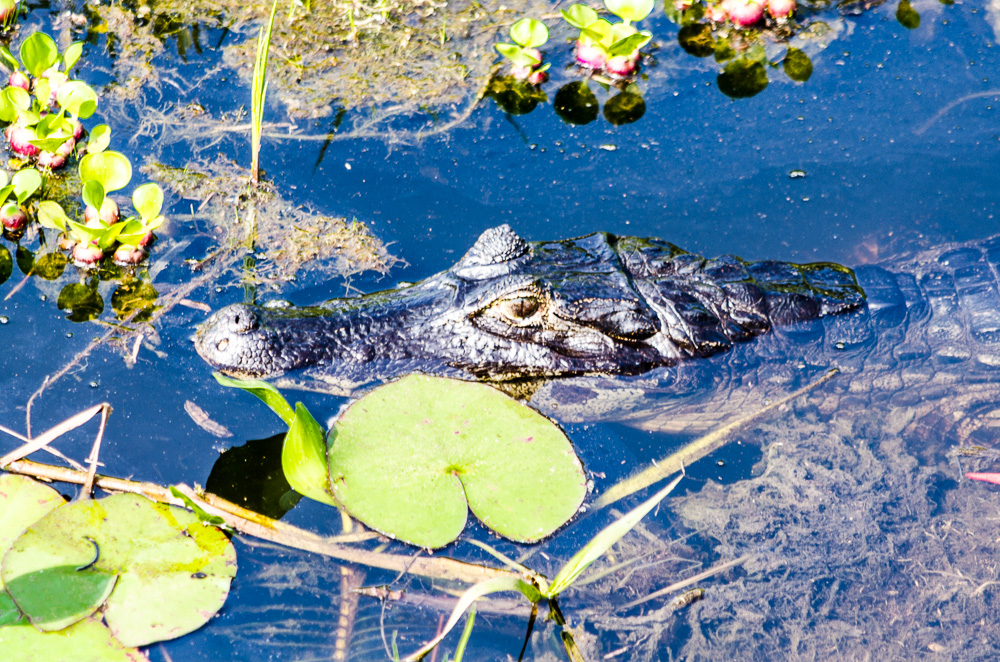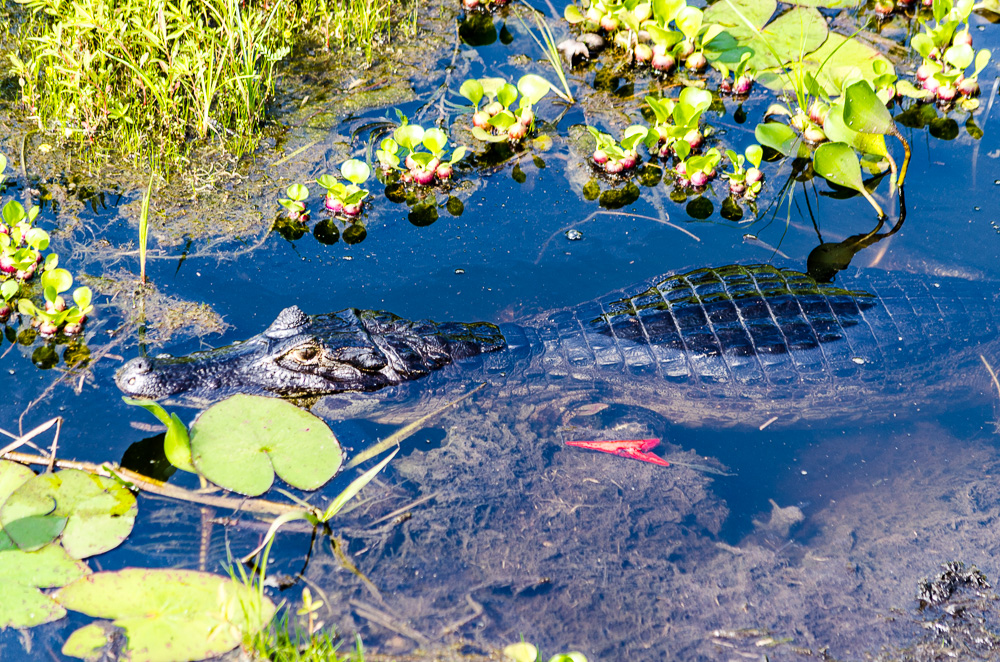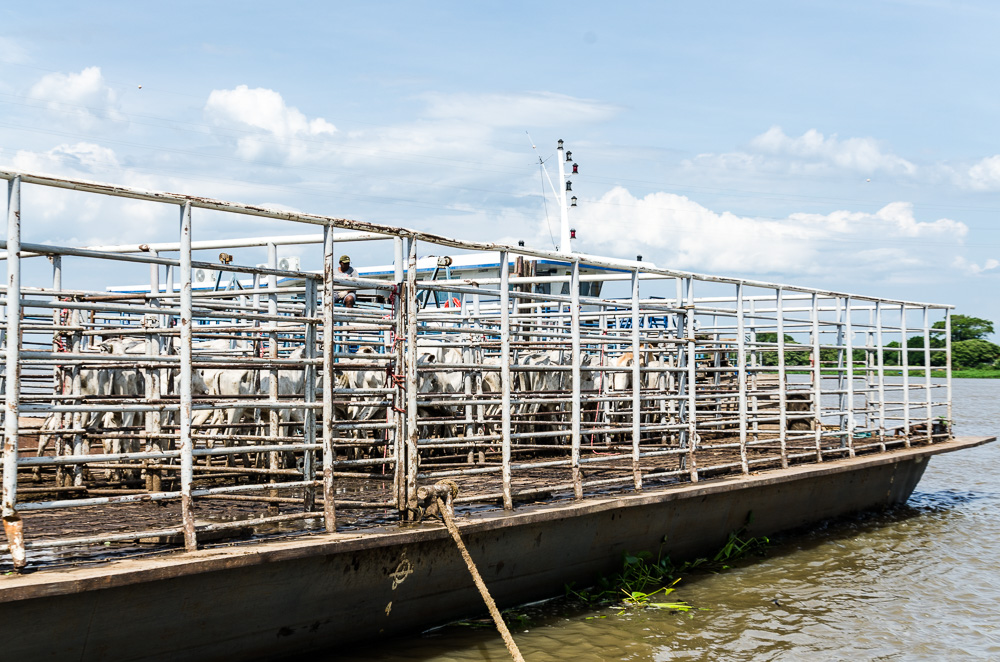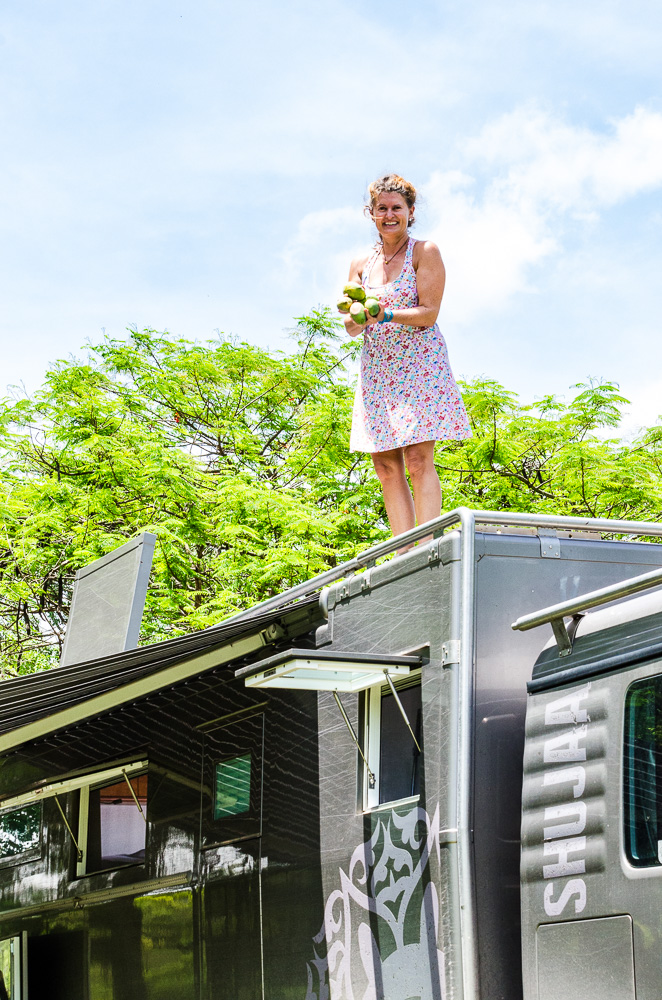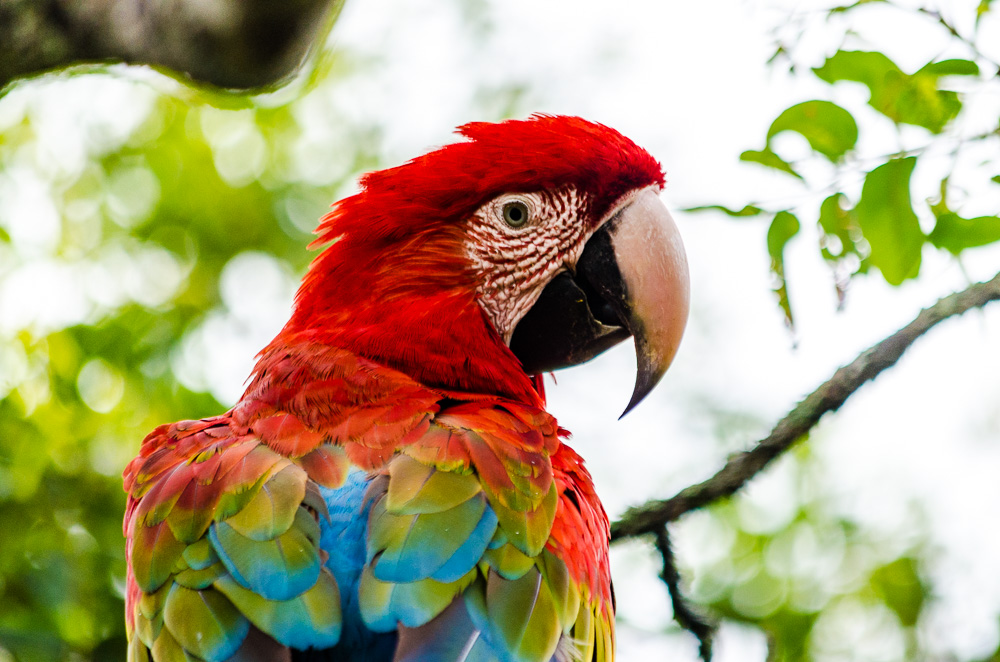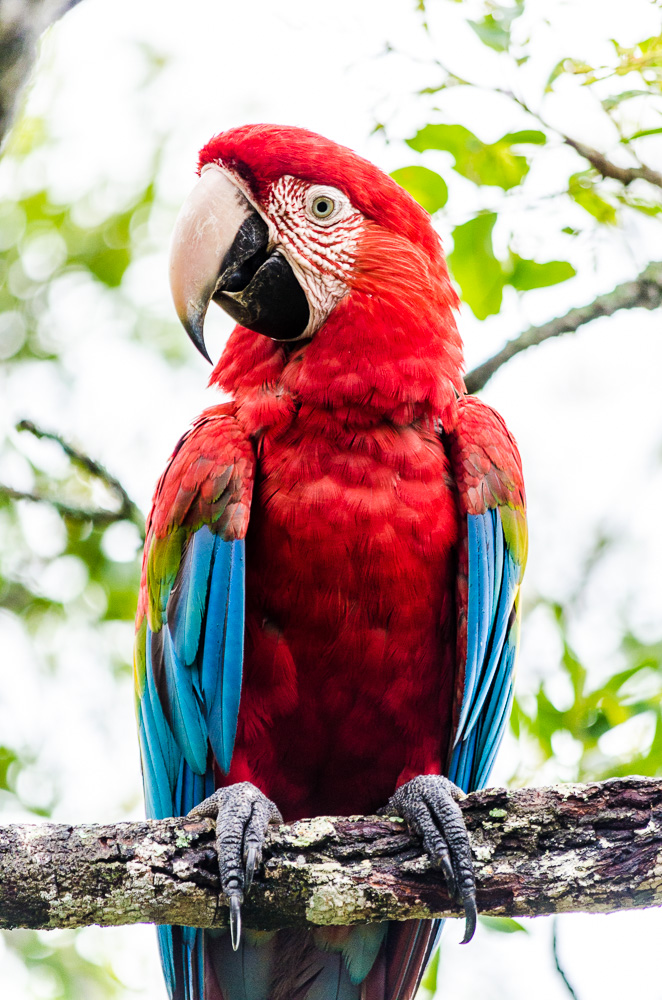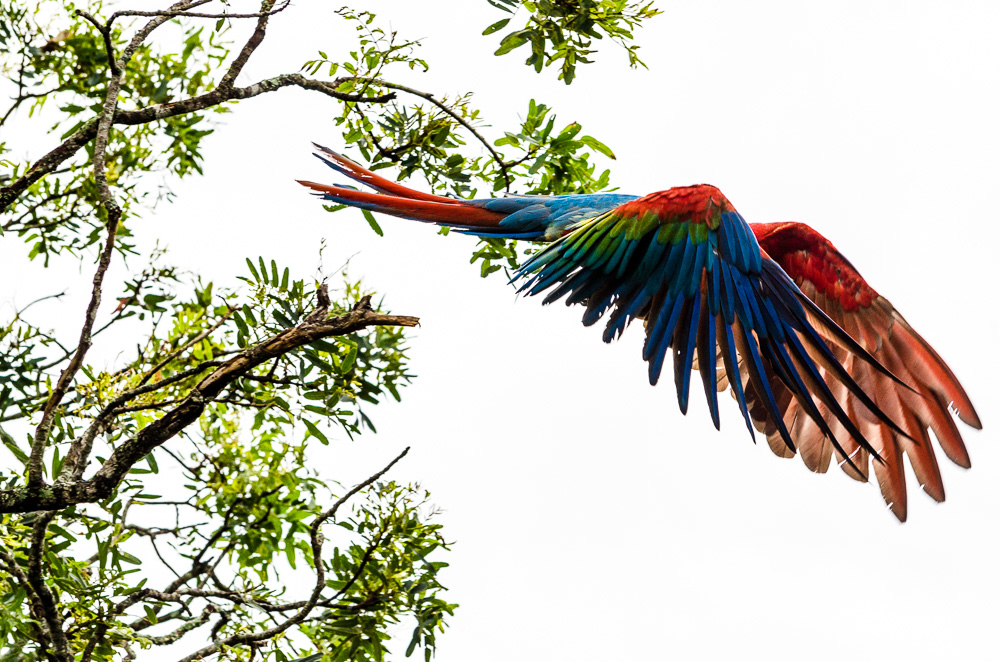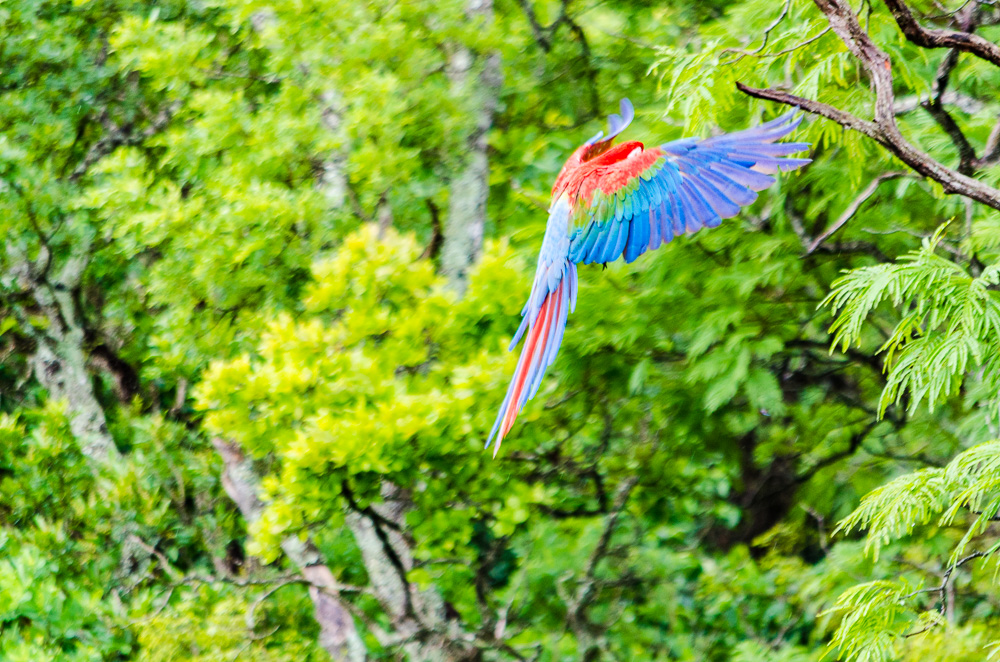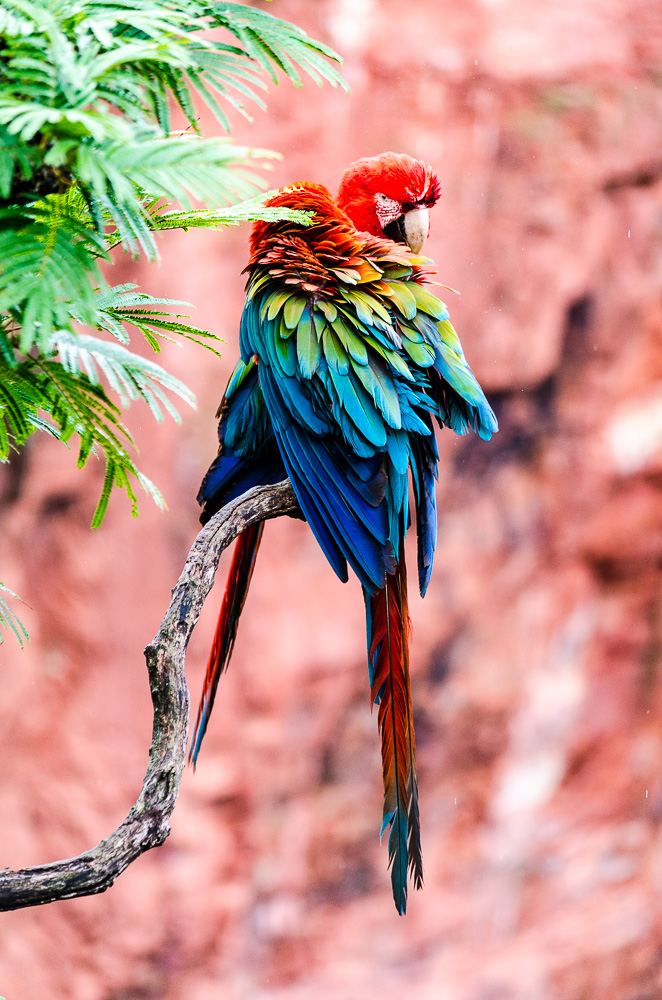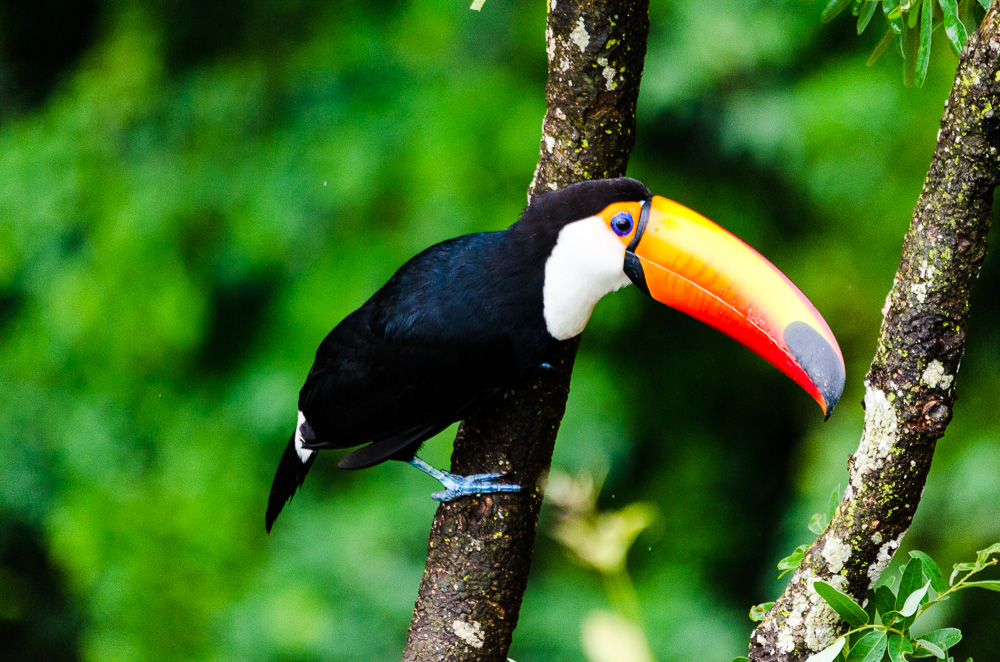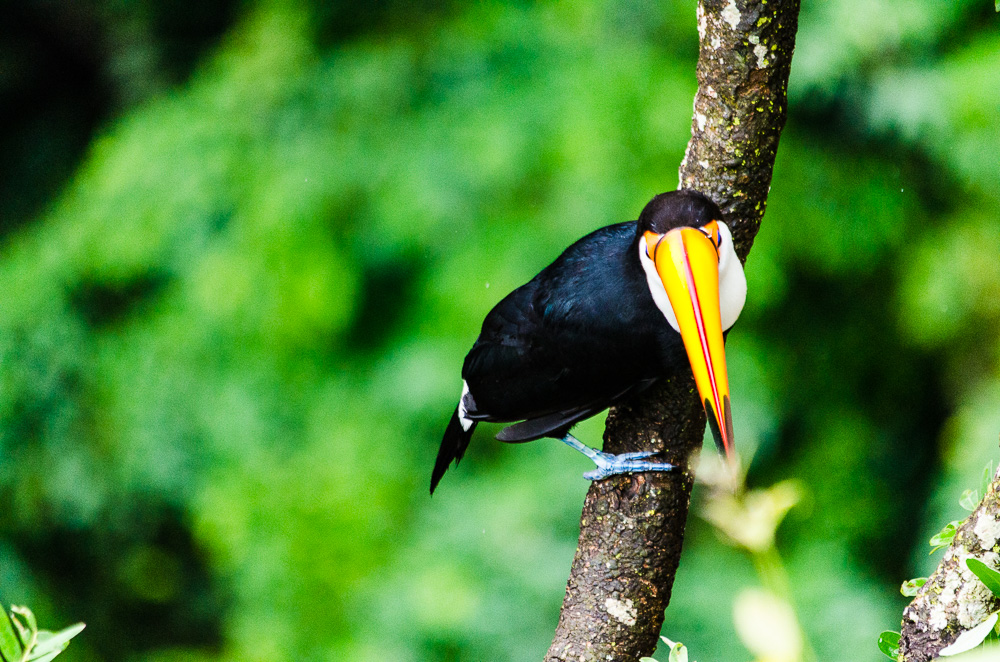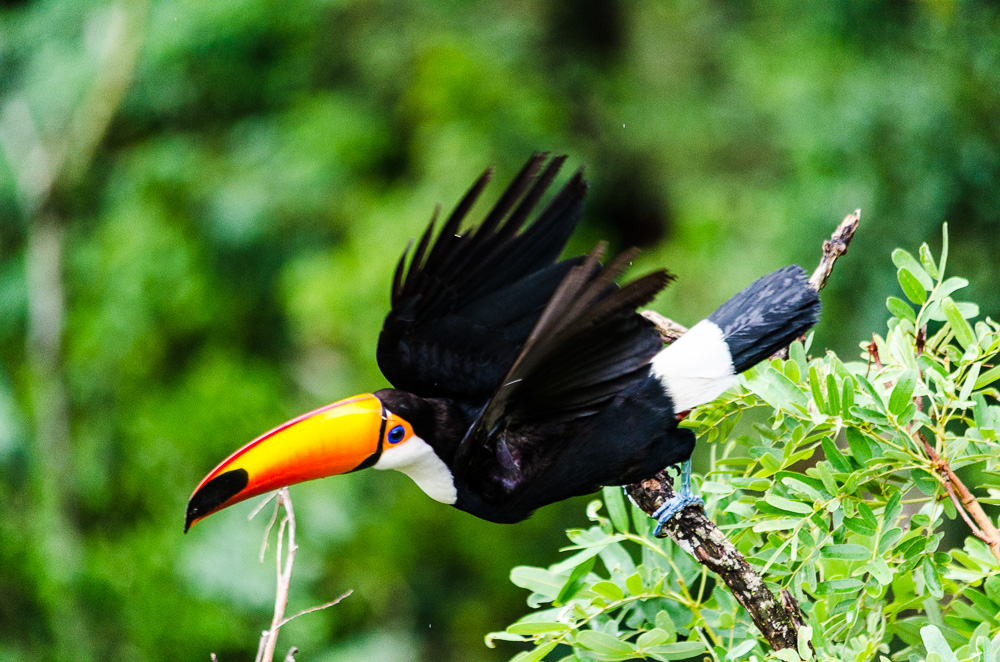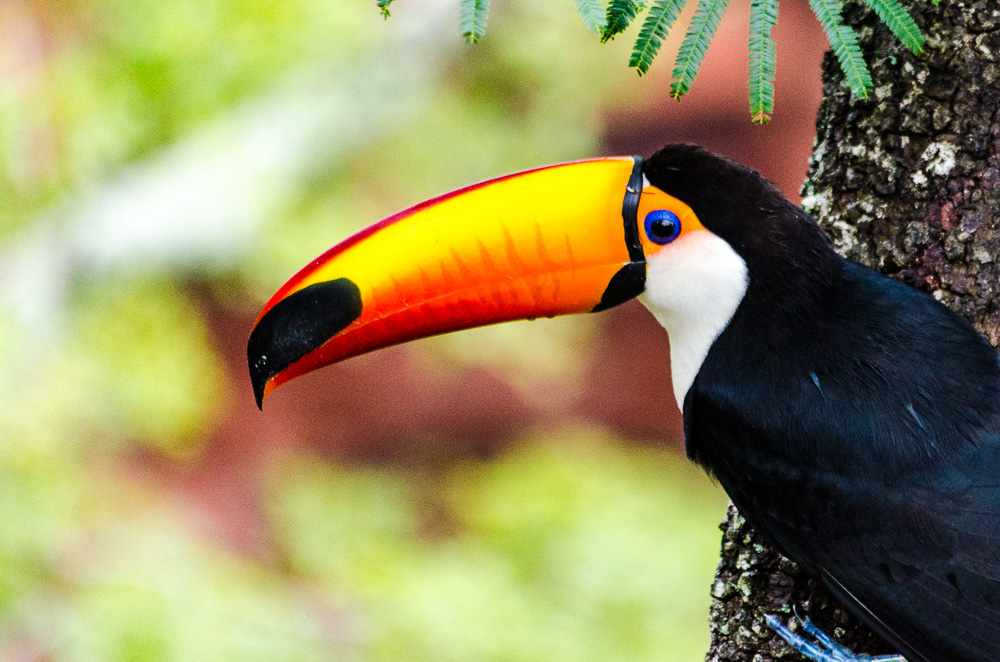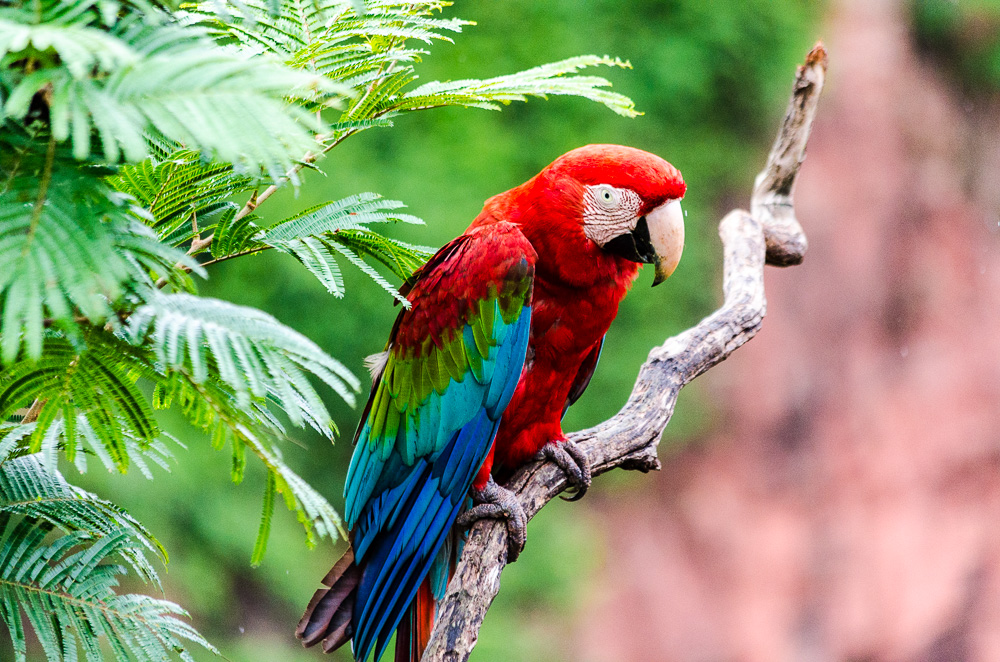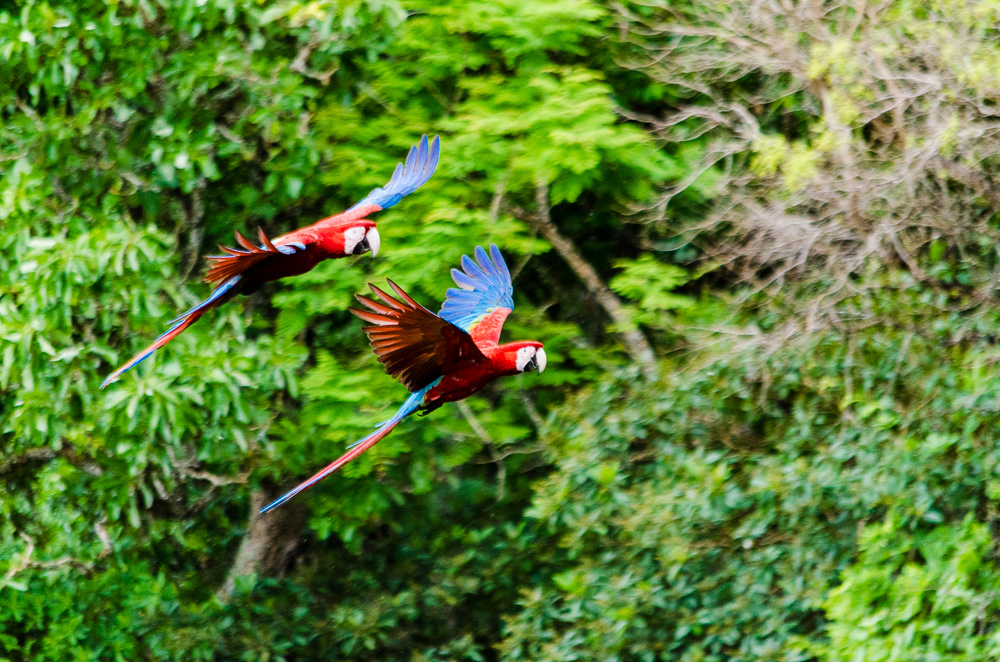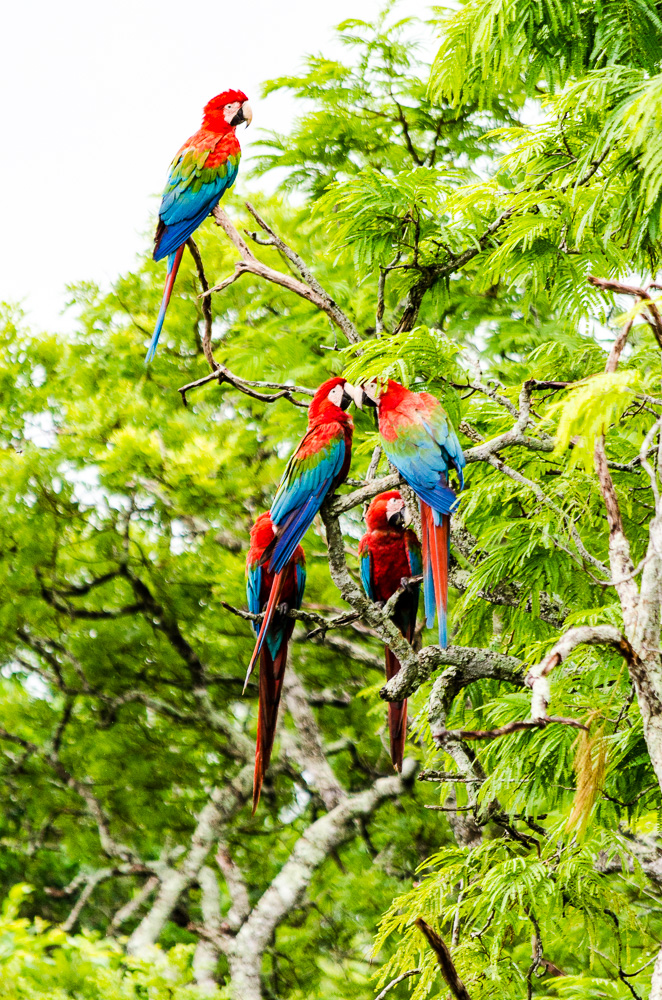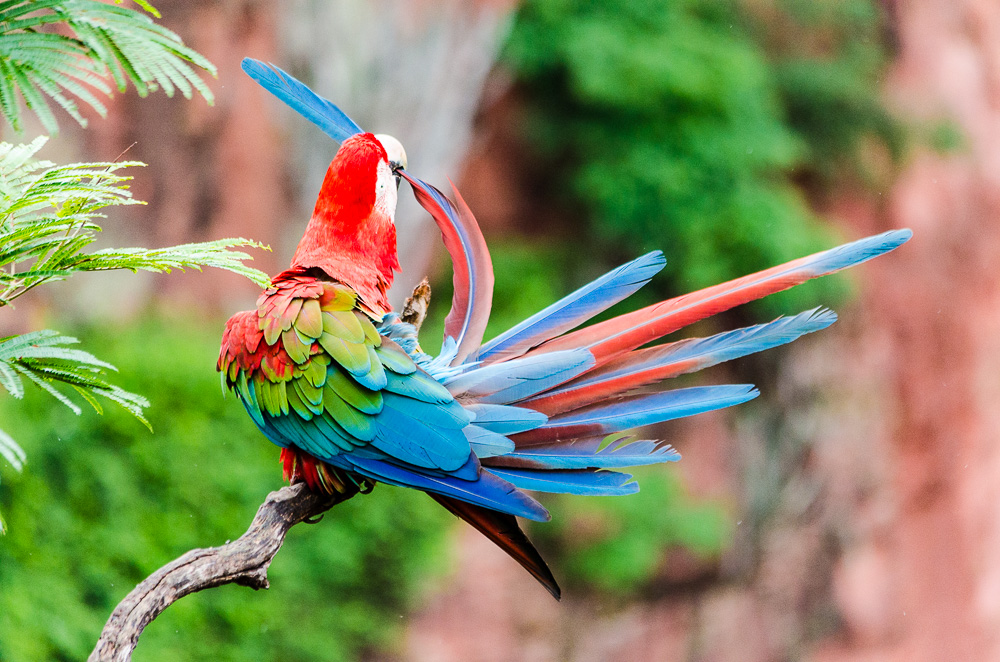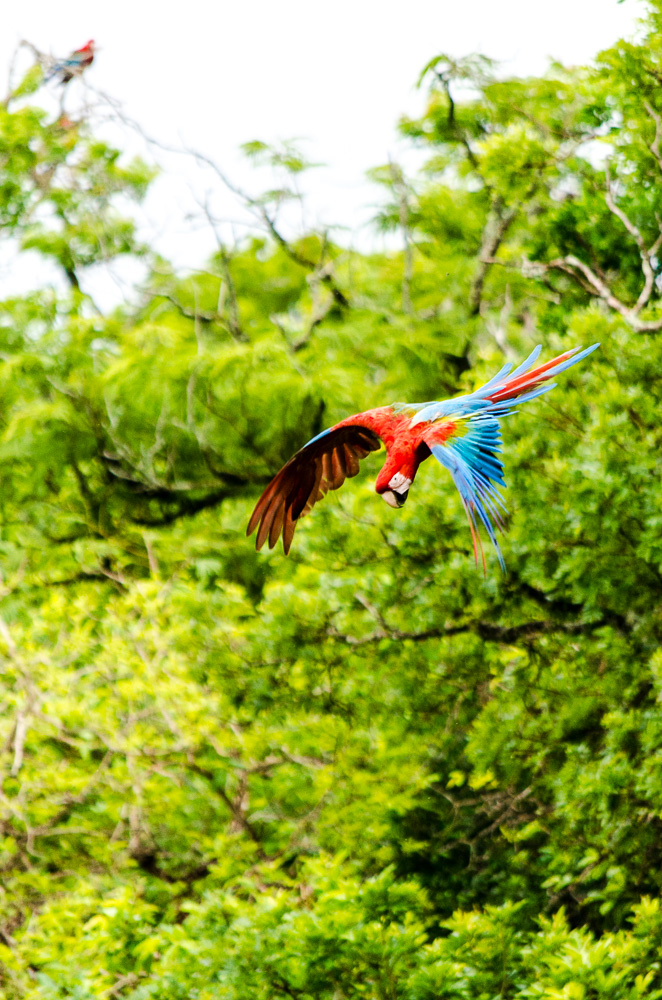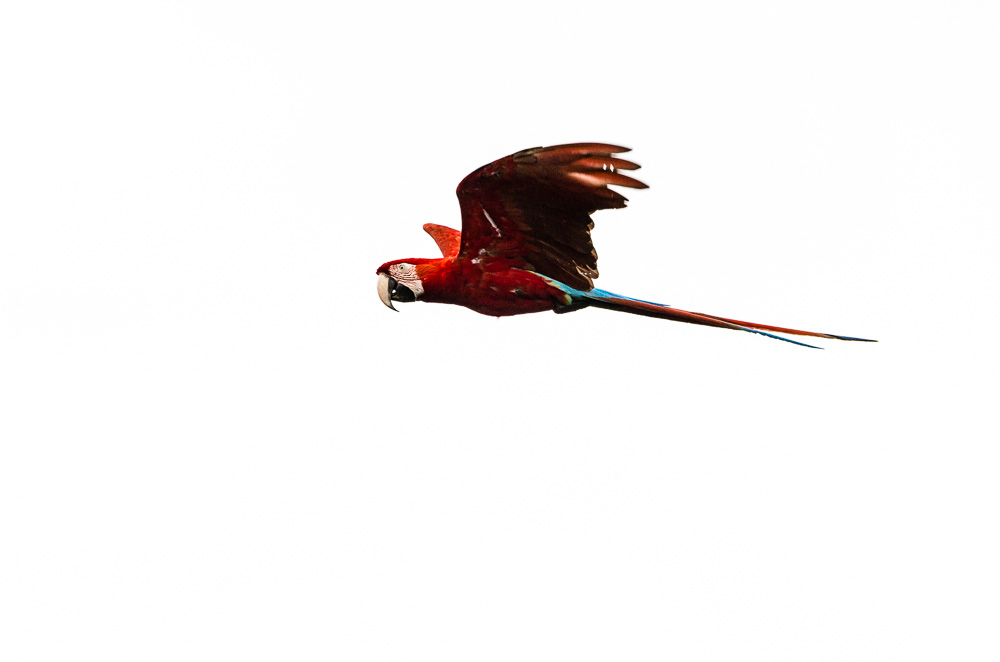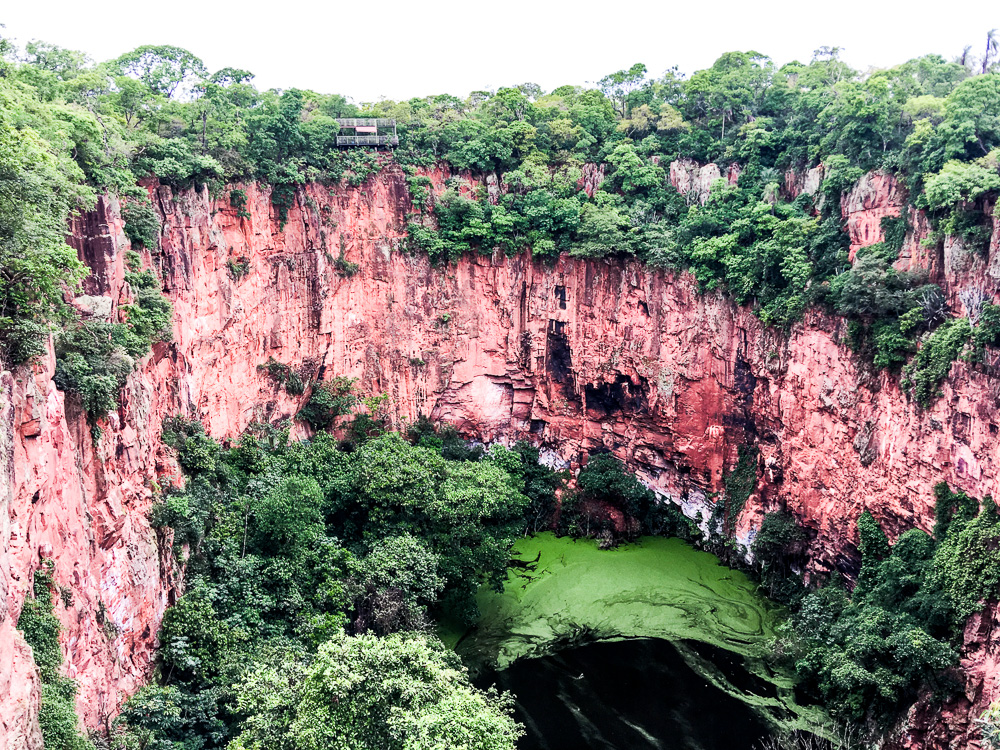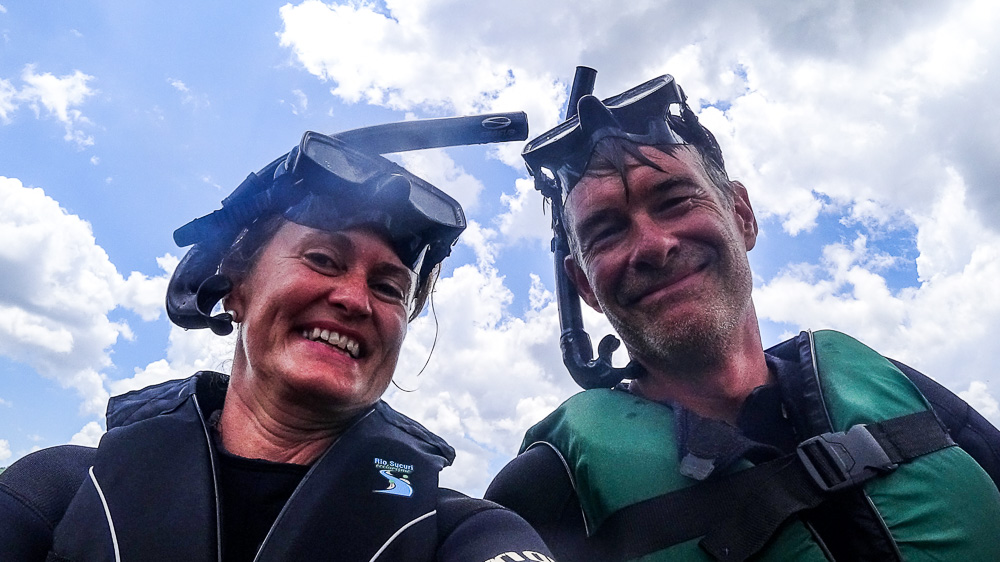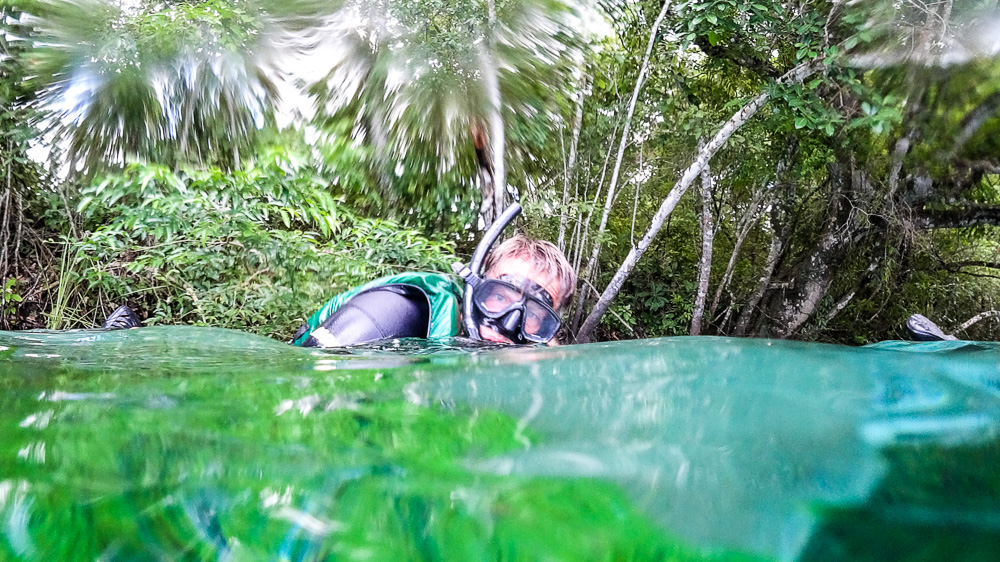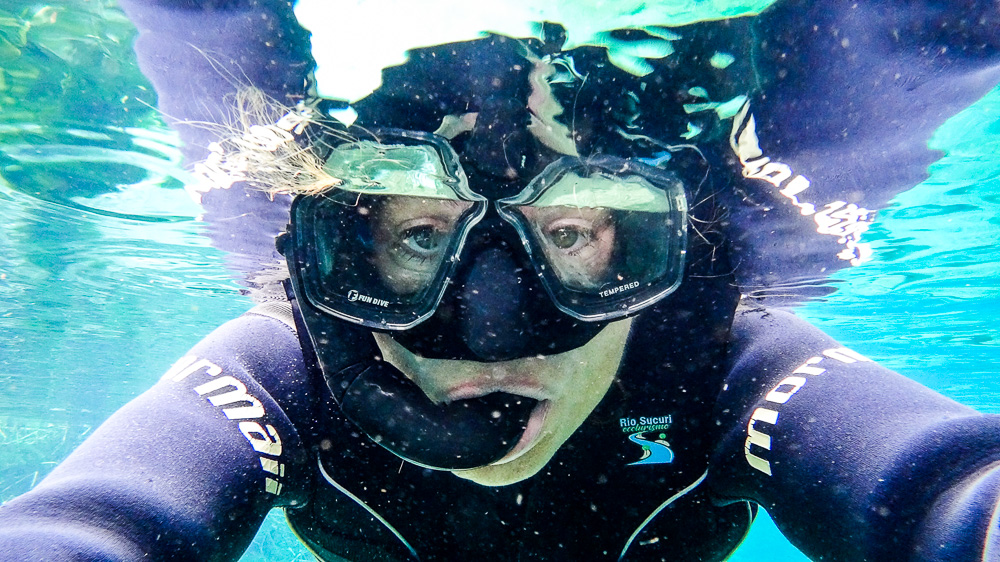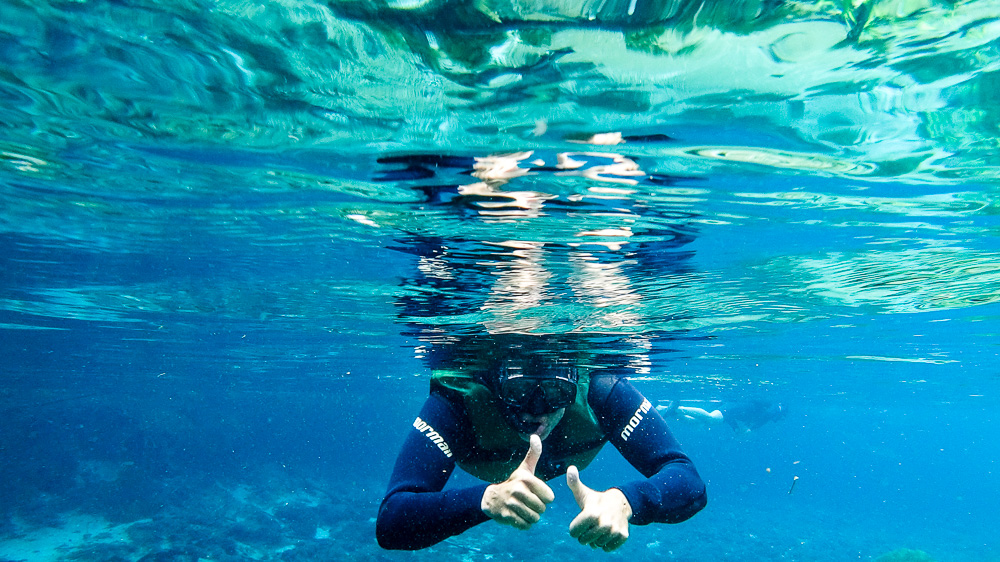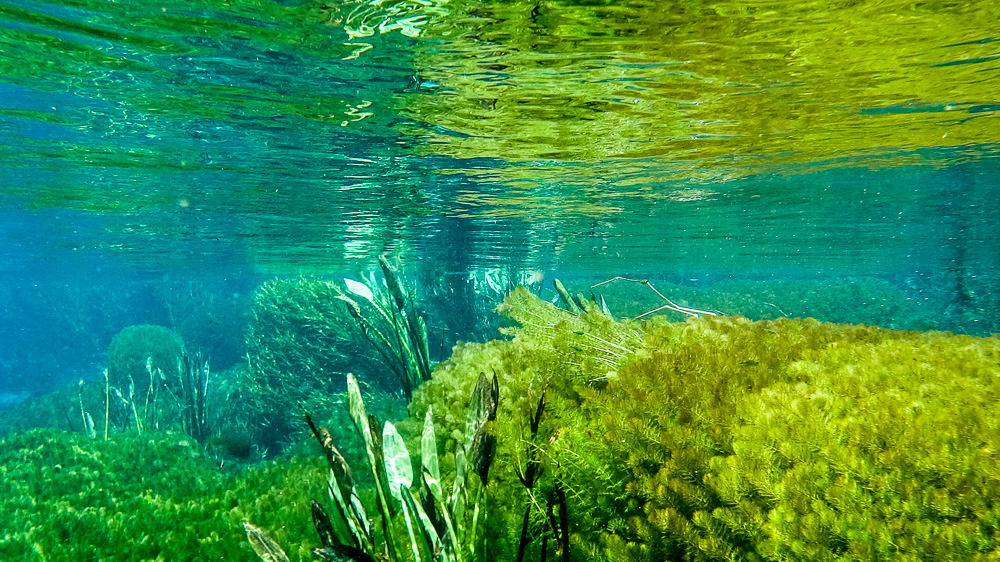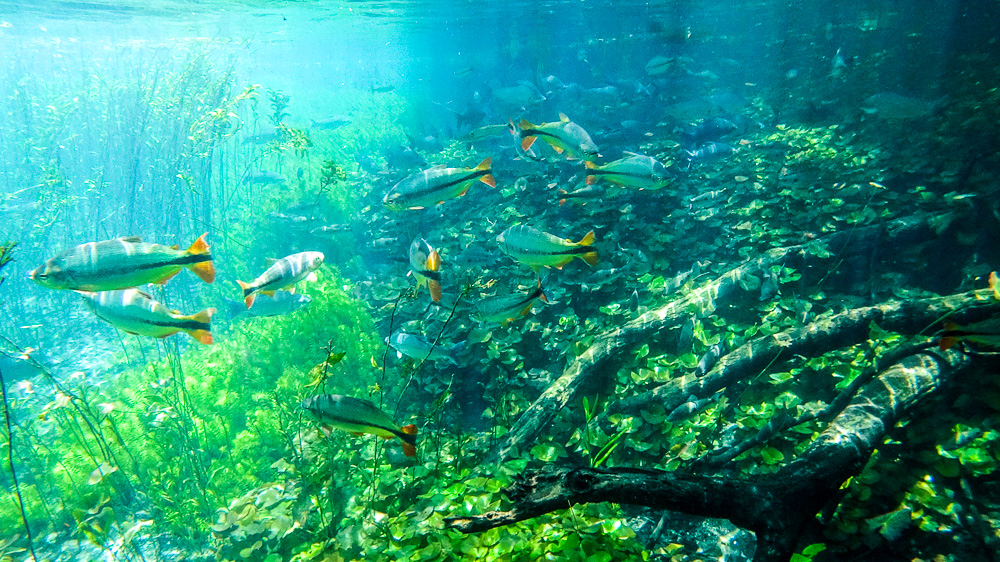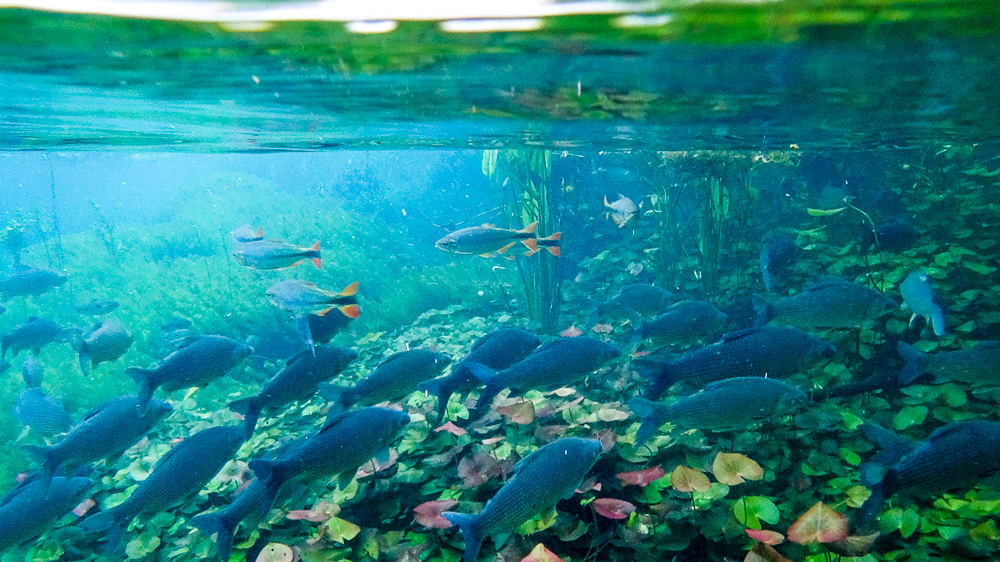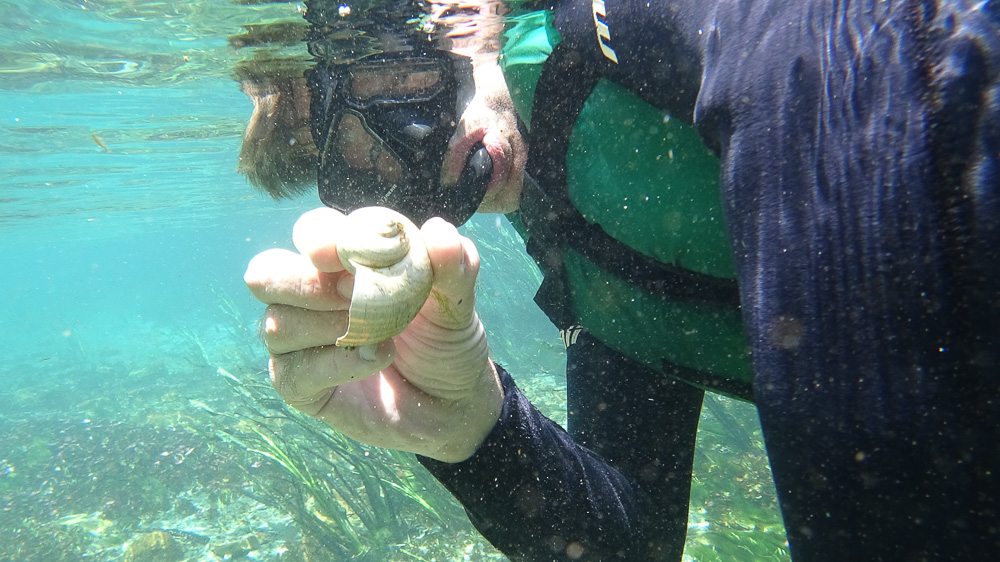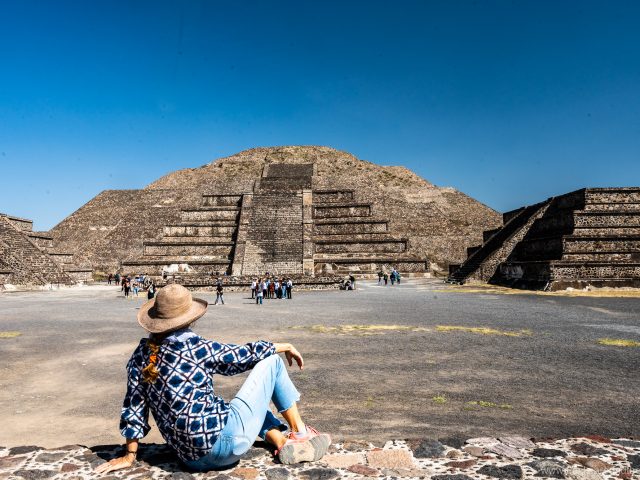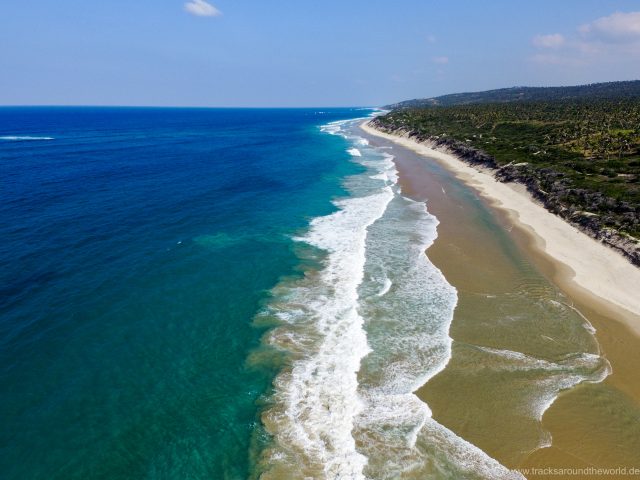On a Saturday morning we drive out of the megacity Sao Paulo and look forward to adventures of a different kind again: nature, animals, remote overnight places. There are over 1,500 km to our next destination, the Pantanal. So that we do not get stuck there directly in the first mud hole, we have to change our tires again and decide to do it ourselves this time: on the one hand, we do want to get out of practice, on the other hand because of the limited expertise of South American tire changers we have experienced so far. So, we spend 8 hours at a Posto to change 8 tires (200 kg with rim): Turning tires on the rim, pulling tires from the spare wheel rims to the rear axle rim and simply change positions of wheels. Main purpose is to allow a uniform abrasion. Conclusion: we are proud and can still handle all the tire variants, but we are already completely exhausted, and all bones hurt. At over 35° C this is a true challenge and 8 tires in a row is rather unusual. So, we should be well prepared for a potential flat tire, which did the previous 55,000 km in South America.
The Pantanal is the largest “sponge” of the earth, which absorbs the water masses from the Andes and the heart of South America half a year during the rainy season and gives it slowly and finely dosed off again, so that Buenos Aires on the Rio de la Plata about 3,000 km further south does not report “land under”. This sponge is as big as Portugal, Holland, Belgium and Switzerland together and is considered the largest freshwater swamp on earth. A dream for countless birds, caimans, capybaras, anteaters, armadillos and of course for the jaguar, of which there are supposed to be 8,000 pieces. Of course, a hotbed of tens of billions of mosquitoes that annoy us, and many other small creepy-crawlies.
However, in contrast to Africa, large animals in particular are sometimes hard to see, especially since it has rained a lot in the last few days – rather unusually for the end of the dry season. Therefore, we head first to a jungle lodge. In the parking lot we park Shujaa for 2 days and participate in their “game drives”. The jeep safari is more successful in terms of wildlife viewing than the boat trip on the Rio Miranda the next day: we do not see many animals and birds except the jaguar. Pity! Afterwards we try our luck on our own, spend a night in a dream wildcamp at the Estrada Parque (the only road through the southern Pantanal) and see many animals and birds – including the rare blue macaws. But no jaguar here again. The journey over more than 50 wooden bridges along the Estrada Parque to Corumba on the Bolivian border brings wonderful landscapes and many birds and caimans, but no jaguar. All bridges make a solid overall impression, even though they are officially reported to handle only 15 tons (i.e, 3-4 tons less than Shujaa weighs) and countless caimans lurking in the water for prey. Every day numerous trucks with cattle drive over the bridges, which weigh much more. This allows us to pass the bridges relatively relaxed.
Once we are back in civilization – that is, on asphalt roads – heavy storms with heavy rain begin …. The timing was right again. We drive to the region of Bonito, which is known for its crystal clear rivers (due to the high proportion of calcium carbonate that binds the sediments) with many fish that can be admired on floating / snorkeling tours. Of course, we also do one and are blown away. The combination of snorkeling and just floating relaxed on the river with the current and all that in tropical vegetation is unique.
Also Burao da Araras, a deep water-filled sandstone crater, fascinates us. Here we see not only numerous red and blue ara couples, but also toucans and many other birds. A great atmosphere, even if the sky is unfortunately covered and we therefore have to accept for the photos a certain loss of quality.
After 6 weeks of beach and cities, the Pantanal and the area around Bonito was once again a great, animal-rich variety …. Before the last highlight in Brazil: the Iguaçu Falls.


